What are Promotional Products?
By Charles Liu | July 7,2025
Promotional products are custom-branded items businesses hand out to promote their name, services, or message. Picture a pen with a logo, a tote bag you’d grab for shopping, or a polished executive gift—these are marketing tools that weave a company’s identity into everyday life. Unlike digital ads that flicker and fade, promotional merchandise hangs around, boosting brand recognition, drawing in customers, and sparking engagement. In Australia, where events and campaigns happen every day, they’re practical and a cost-effective way to stand out.

Also called branded merchandise, swag, or marketing giveaways, these products are physical items marked with a company’s logo, slogan, or contact details. They matter because they last, with studies showing 89% of people remember the brand behind a promo item they’ve had in the last two years. Businesses use them for trade shows, staff rewards, customer perks, and more. They work because people hold onto useful stuff—each time it’s used, your brand gets a quiet nod.



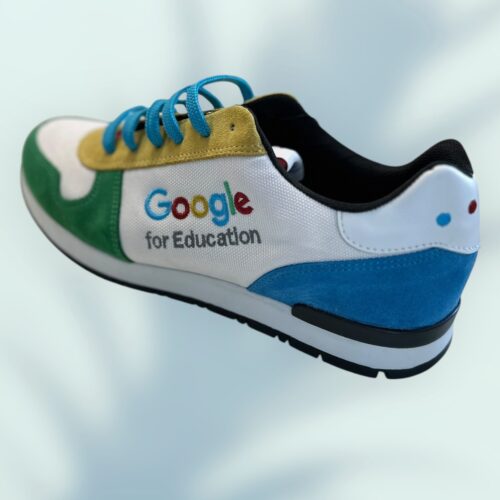
What Is the History of Promotional Products?
It all started in 1789 when George Washington’s team gave out buttons for his inauguration—a simple move that sparked something big. By 1886, an American printer, Jasper Meek, upped the game, branding burlap bags for a shoe store and turning carriers into ads. The 1940s saw pens and calendars flood offices, making promo gear a business staple.
In Australia, the 1980s brought a surge, with trade shows and corporate gifts like stubby holders taking off. Tech pushed it further—screen printing added flair, and digital printing and sustainable materials keep it current. In 2024, the promotional products industry is estimated to be USD 26.5 Billion worldwide (according to Cognitive Market Research).
How Promotional Products Boost Brand Awareness
Promotional products put your brand where people can’t miss it. A logoed mug on a desk or a tote at the shops racks up views—around 3,000 per item, according to PPAI stats. It’s not just exposure; it’s memory—76% of people recall the brand on a promo product they’ve owned, outdoing TV ads by a mile.
Think of Qantas with their luggage tags, linking their name to every trip or marathon, handing out caps to participants—suddenly, their logo is everywhere. From trade shows to retail counters, they strengthen ties with customers and stretch your marketing reach without breaking the bank.
Promotional Products Examples
Virtually any consumer product has the potential to become a promotional product by having a logo branded onto it. For that reason, there are tens of thousands of examples. The top 10 most popular categories of promo merch used by businesses in Australia (based on our sales data) are:
Check out this video featuring examples of our promotional products:
How We Brand Promotional Products
Branding depends on the item and goal. Screen printing works for bold designs on shirts or bags—great for bulk runs. Embroidery holds up on caps and polos, giving a solid, lasting finish. Laser engraving metal pens or USBs with a sharp look, while debossing adds a subtle touch to bamboo or leather.
Match the method to the material—printing shines on fabric, engraving on hard surfaces. Here’s a tip: keep logos clear and straightforward; busy designs lose punch. Place them smartly—front of a mug, side of a bag—and your brand stands out without fuss.
Why Use Promotional Products?
Use promotional products because they work. Promotional products boost brand visibility, engage customers with practical items, and offer cost-effective marketing that sticks around. They turn everyday use into repeated exposure, driving recognition and loyalty without breaking the bank. Here are some statistics that support this:
- Brand Visibility: A 2019 study by the Promotional Products Association International (PPAI) found that 89% of recipients recall the brand on a promotional item they’ve received in the past two years, far outpacing digital ad recall rates.
- Customer Engagement: The same PPAI study showed that 76% of people keep promotional products because they’re useful.
- Cost-Effectiveness: ASI’s 2020 Global Ad Impressions Study pegged the cost-per-impression of promo items at $0.004 (e.g., a $1 pen used 250 times), compared to $0.02 for online ads—five times cheaper for the reach.
- Repeated Exposure: That ASI study also noted promo products generate 500-2,000 impressions over their lifespan, depending on the item (e.g., a tote bag vs. a USB), dwarfing a billboard’s one-and-done impact.
- Loyalty Boost: Research from Baylor University (2016) found recipients of promotional gifts feel 20% more favourable toward the giver, nudging them toward repeat business over competitors.
Why They Stand Out:
Recall: People remember what they use.
Loyalty: Gifts build goodwill.
Affordable: Big impact, small spend.
Versatile: Options for any budget.
When to Use Promotional Products?
They’re perfect for trade shows, launches, or staff thank-yous anytime you want your name to stick. Retailers use them to keep customers returning, like keyrings with a purchase. Best Spots:
Trade Shows: Draw in prospects with handy items.
Staff Gear: Branded kit builds team spirit.
Loyalty: Gifts keep customers happy.
Events: Launches get buzz with smart swag.
Use them strategically—tie them to a contest or loyalty perk. Stock up beforehand and weave them into your marketing to maximise your business impact. Want to see what’s on offer?
Promotional products have been a marketing winner for decades, blending practicality with staying power. From buttons in the 1700s to today’s clever giveaways, they turn everyday stuff into brand reminders that work. For Australian businesses, they’re a cost-effective, flexible way to connect with customers, reward teams, and stay in the picture. They don’t just get noticed—they get kept, making your brand part of the daily grind in the best way.










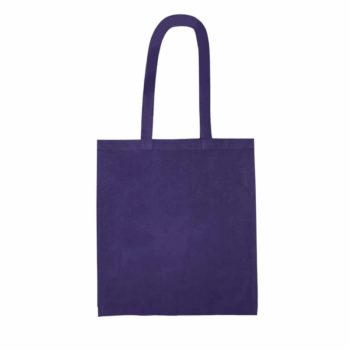



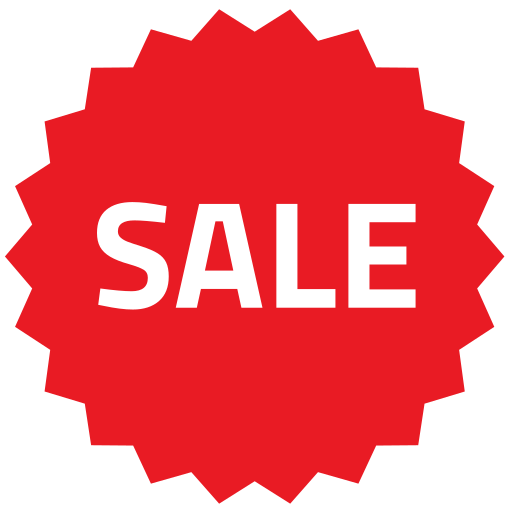 Sale
Sale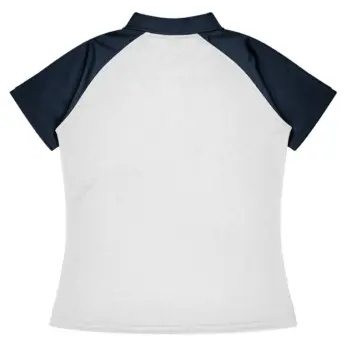

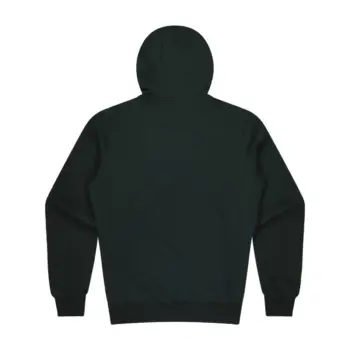
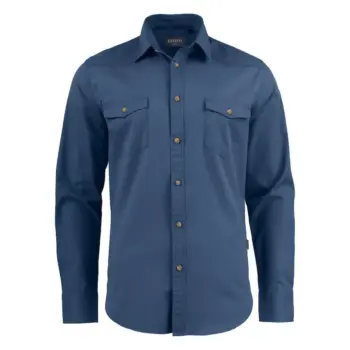
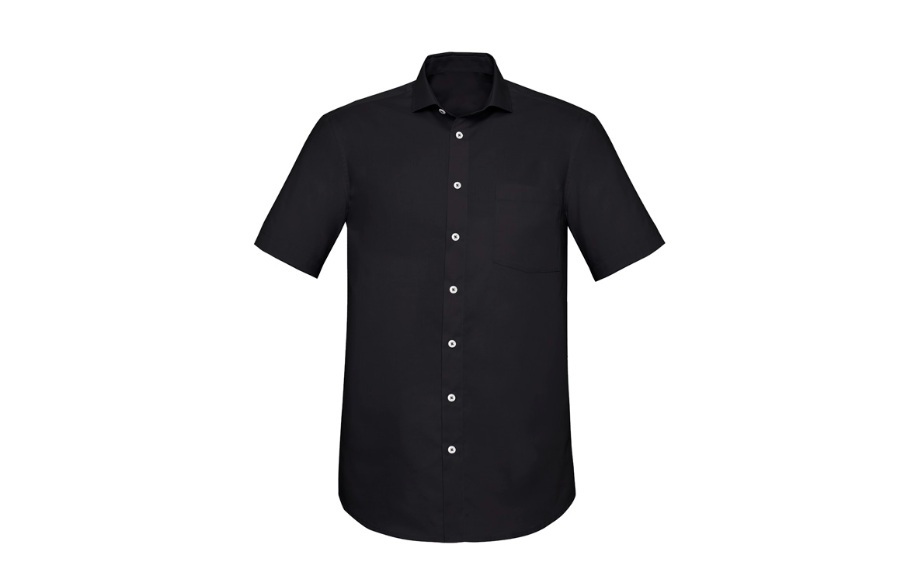 Corporate Uniforms
Corporate Uniforms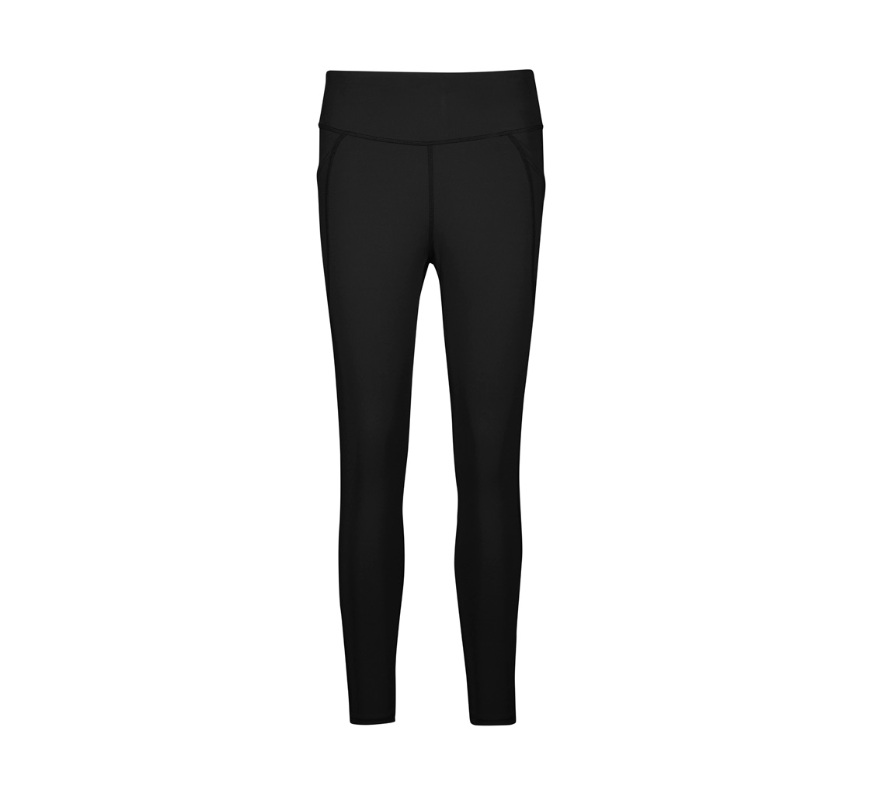 Eco Apparel
Eco Apparel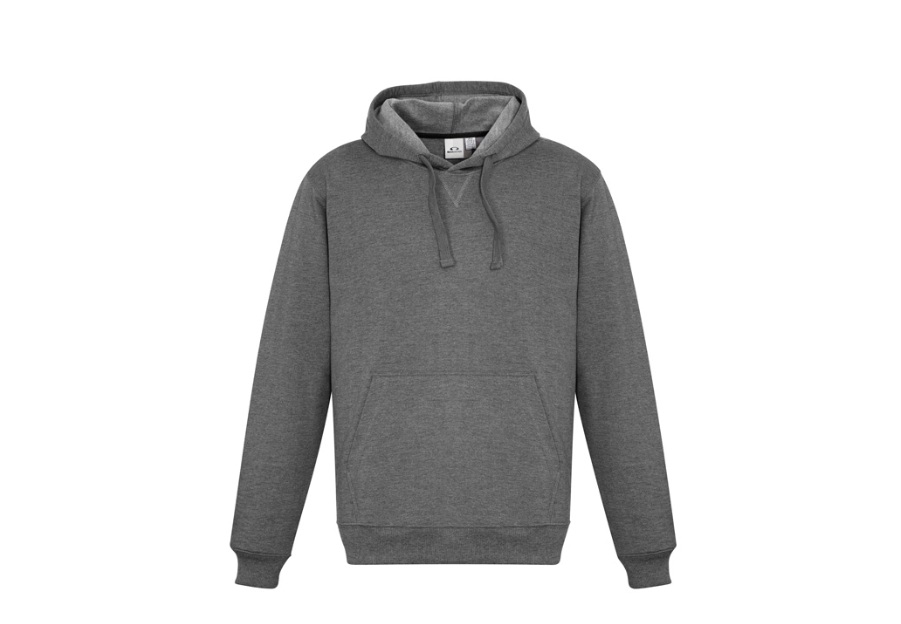 Hoodies & Sweaters
Hoodies & Sweaters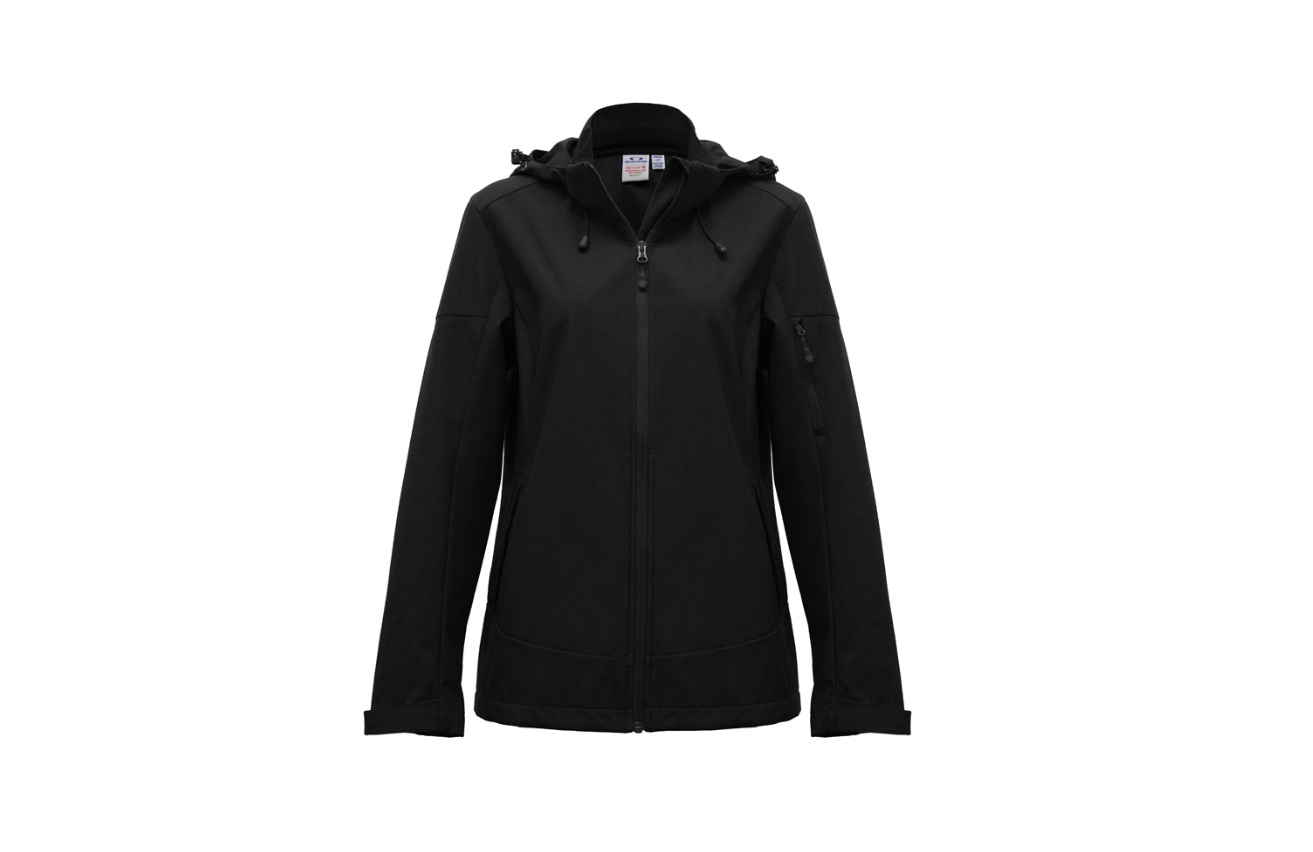 Jackets
Jackets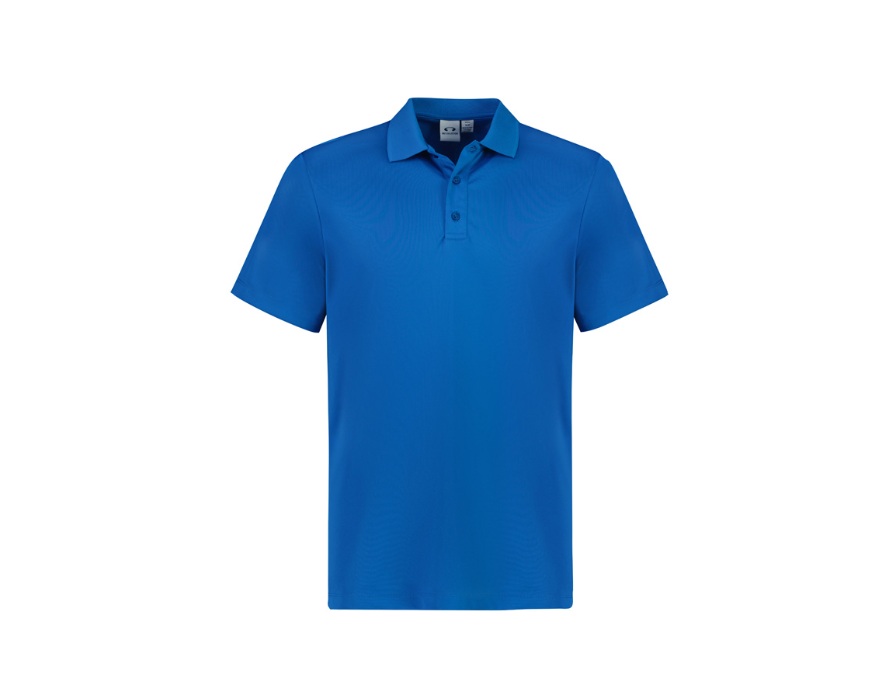 Kids' Clothes
Kids' Clothes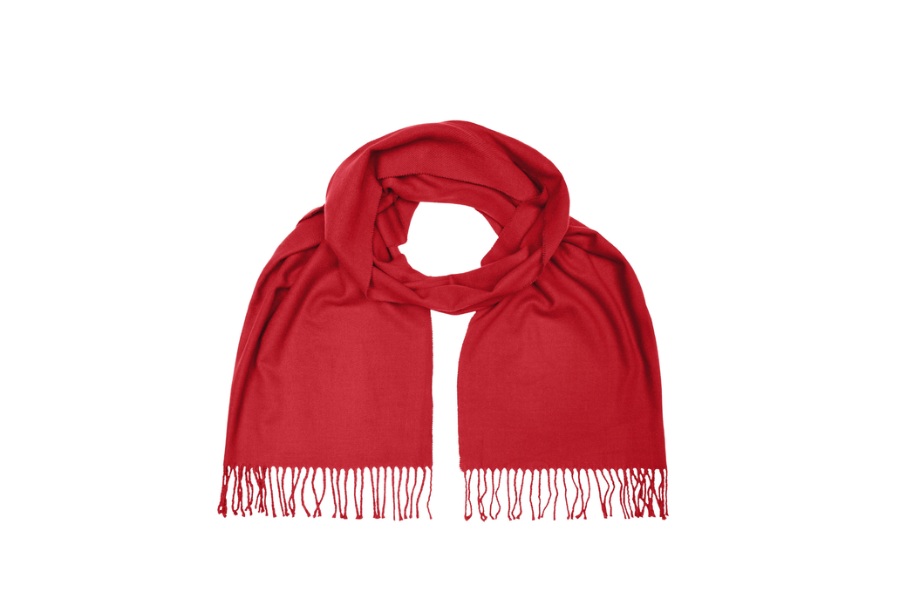 Other Apparel
Other Apparel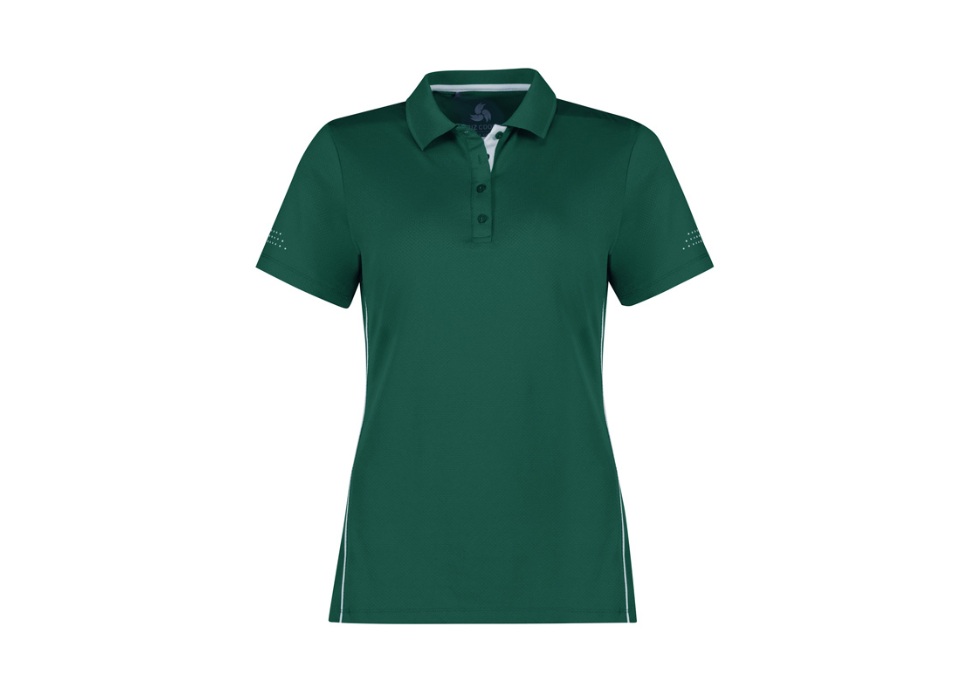 Polo Shirts
Polo Shirts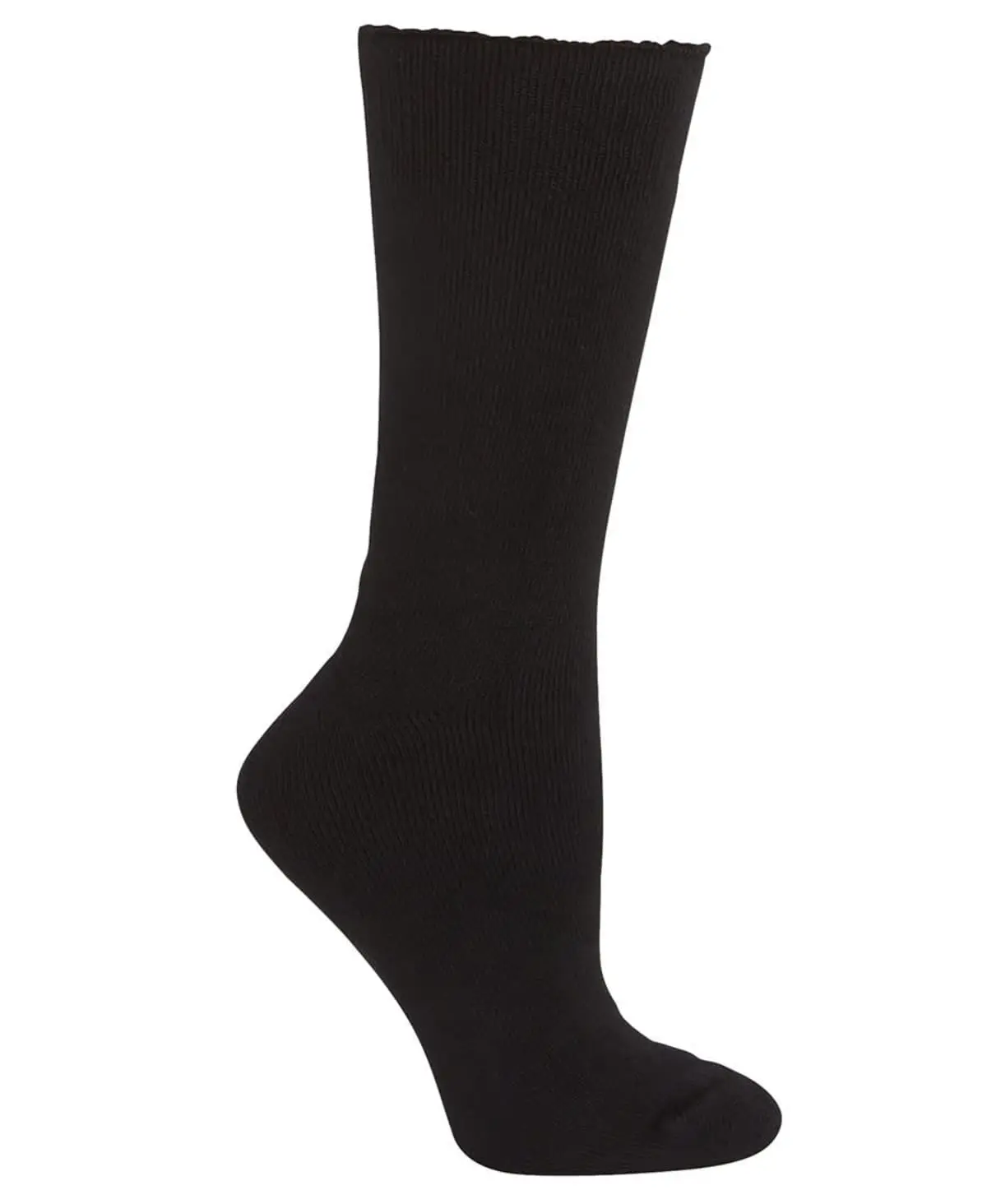 Socks
Socks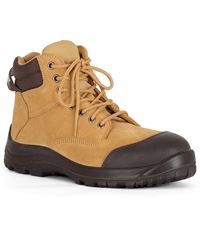 Shoes
Shoes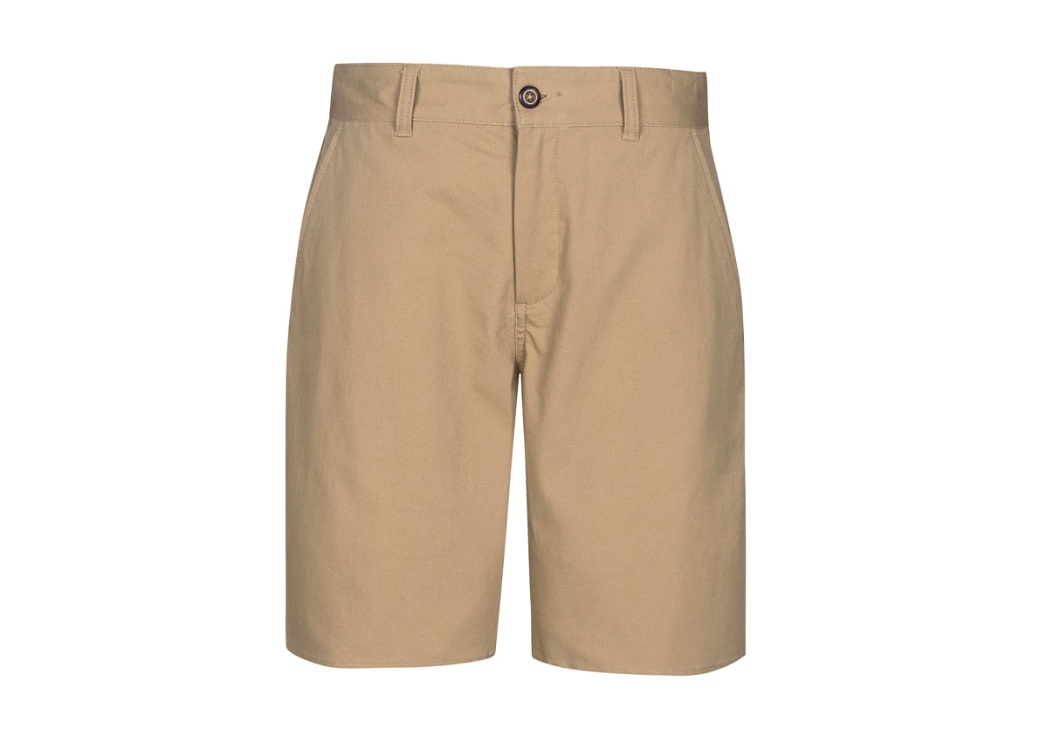 Sports Bottoms
Sports Bottoms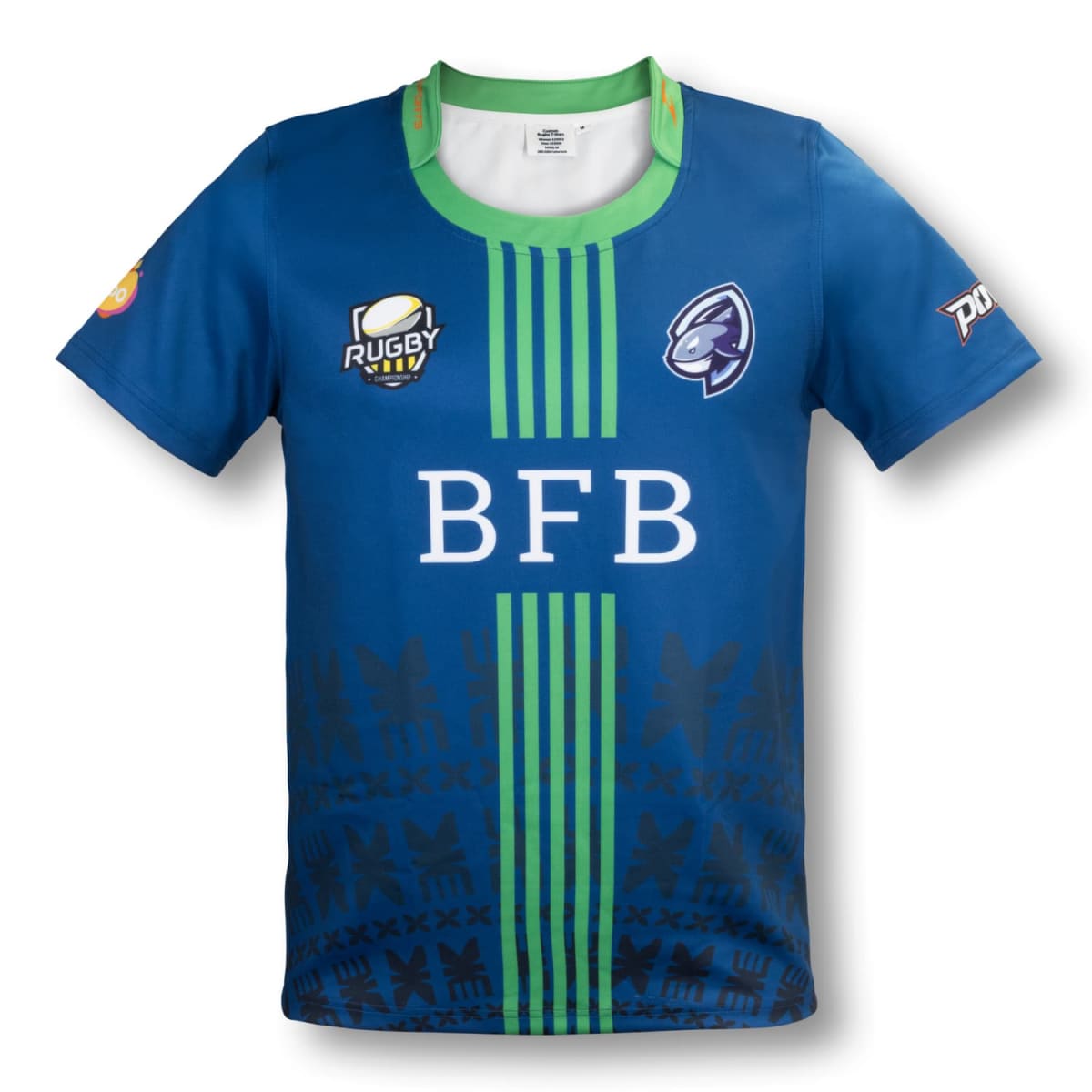 Sports Uniforms
Sports Uniforms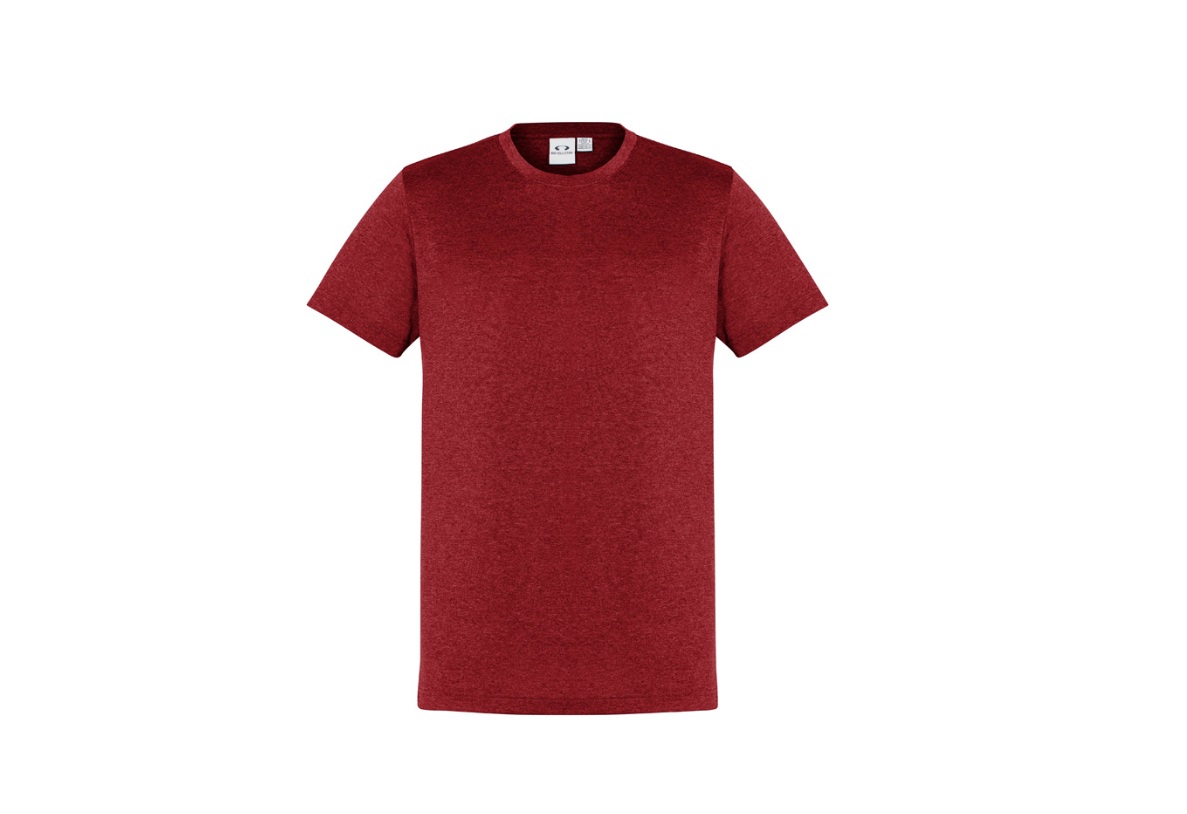 Tee Shirts
Tee Shirts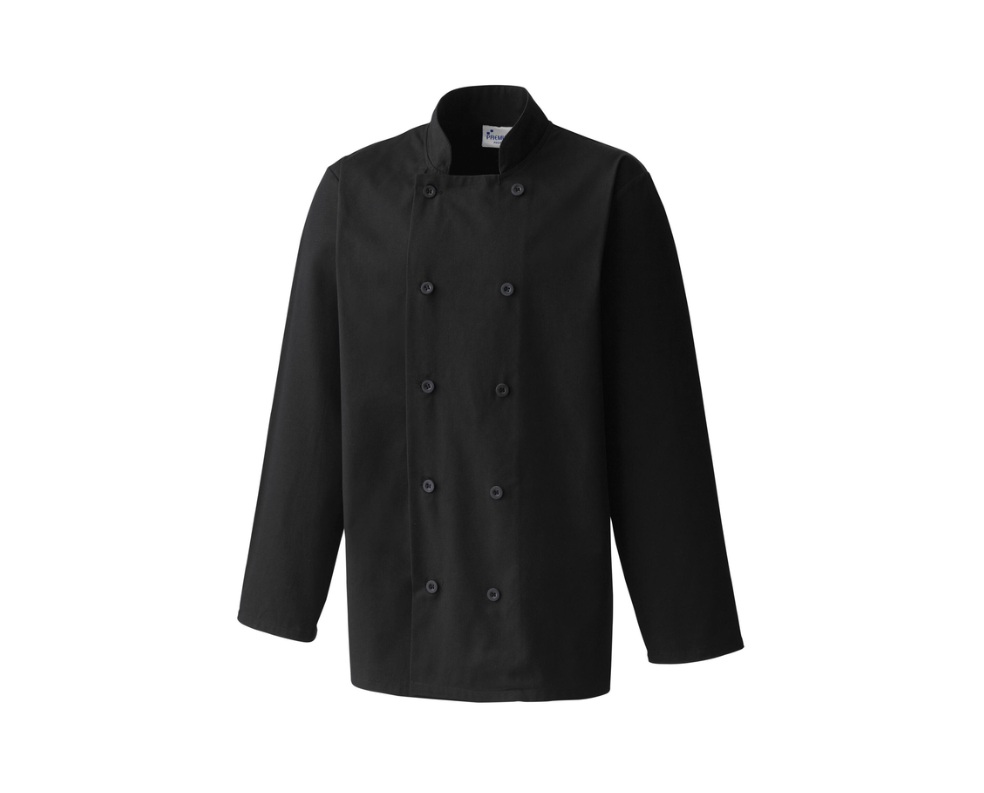 Workwear
Workwear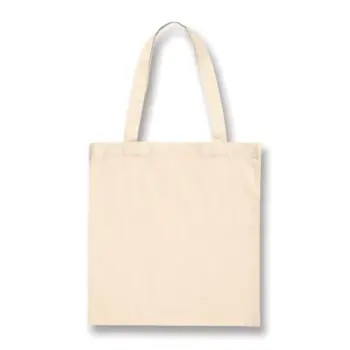
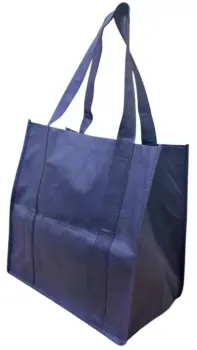
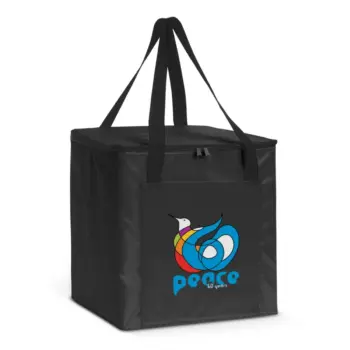
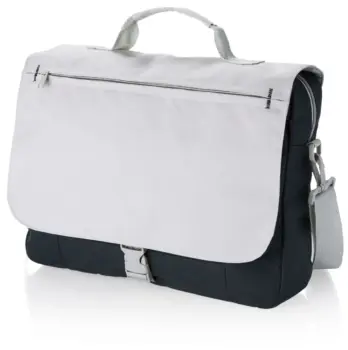
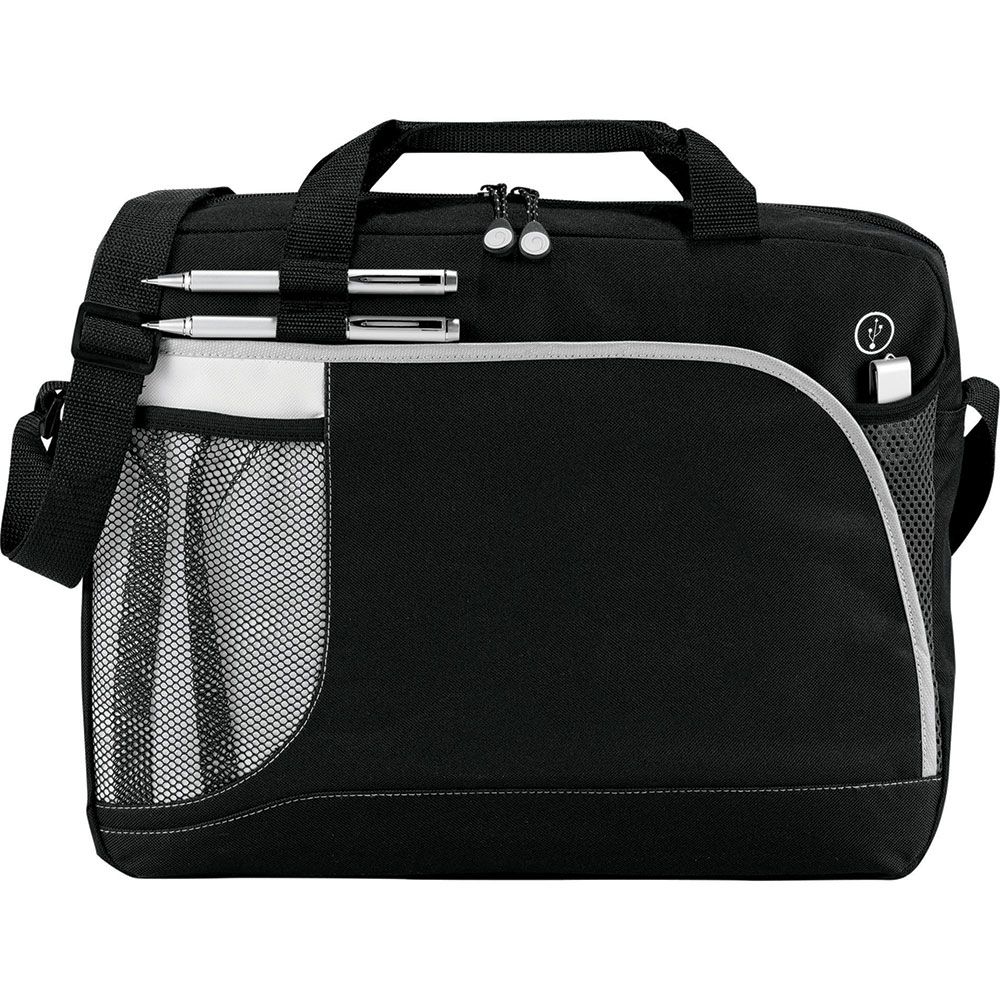 Briefcases
Briefcases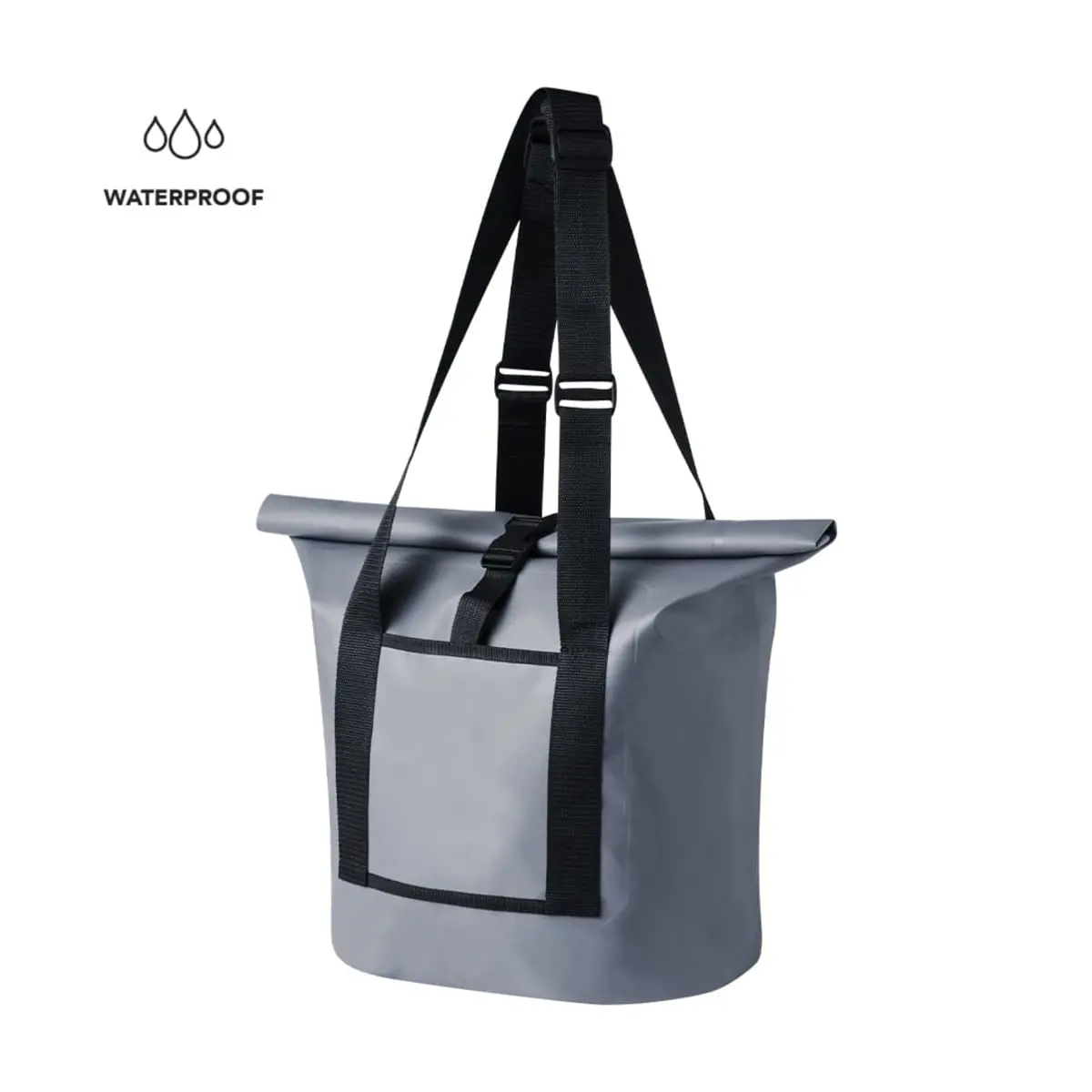 Dry Bags
Dry Bags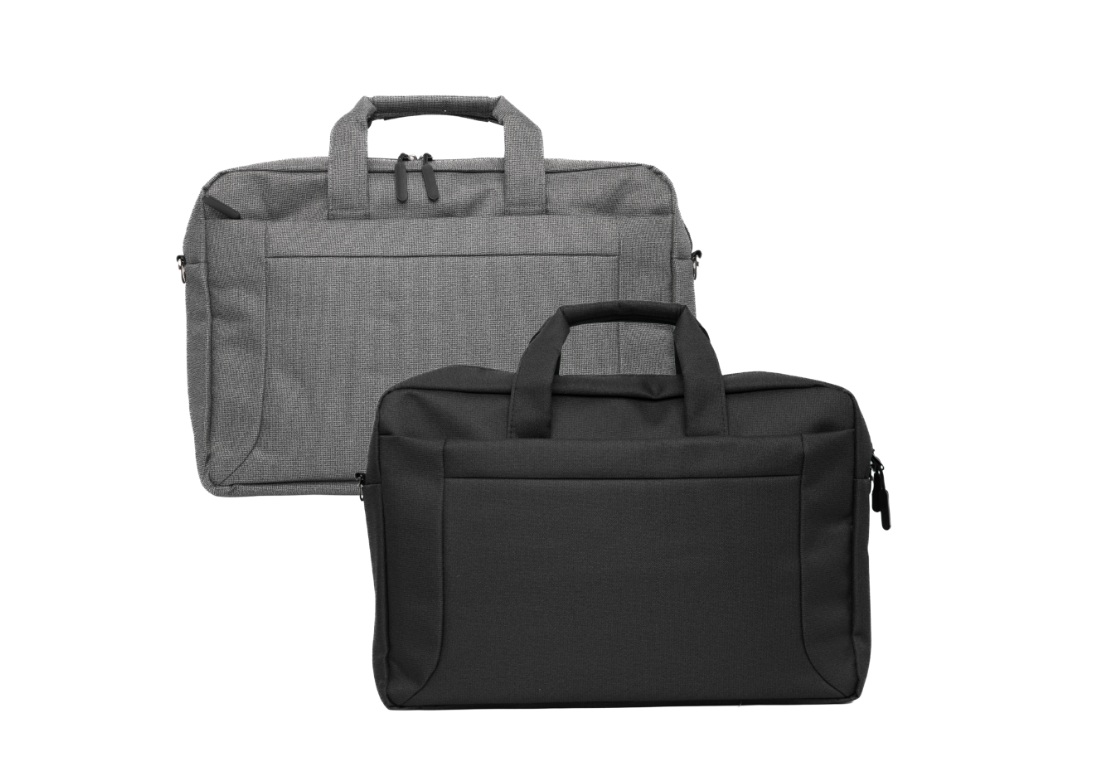 Laptop
Laptop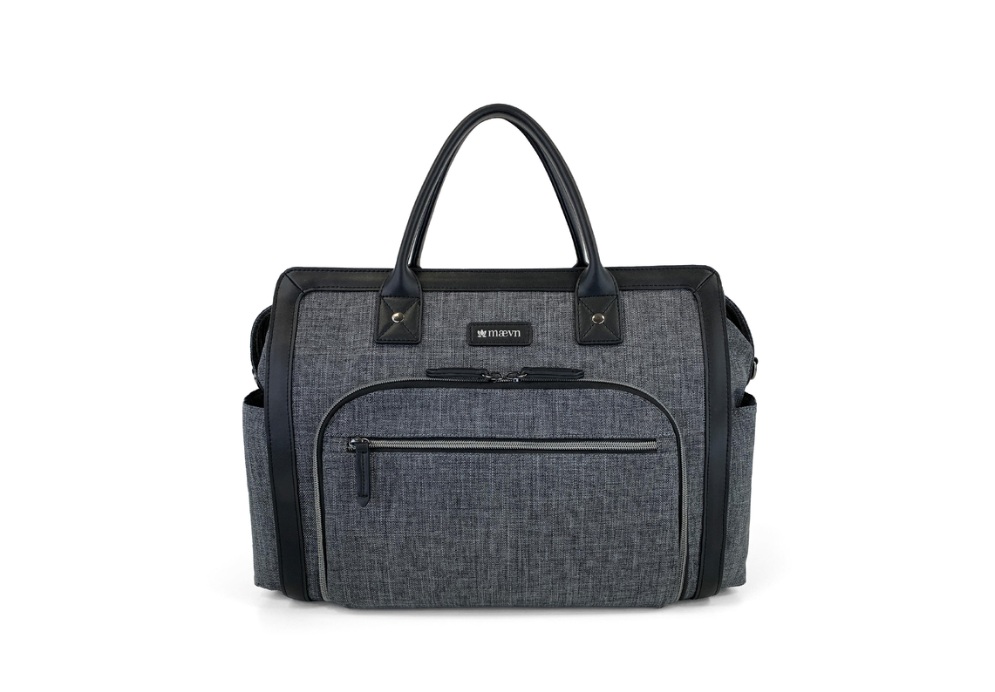 Satchels
Satchels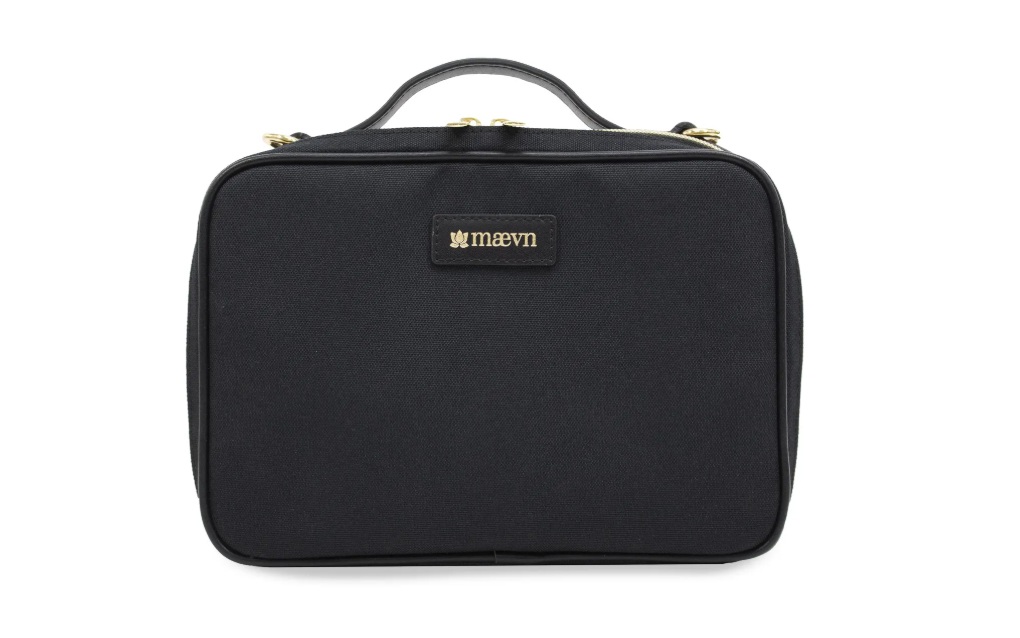 Specialised Bags
Specialised Bags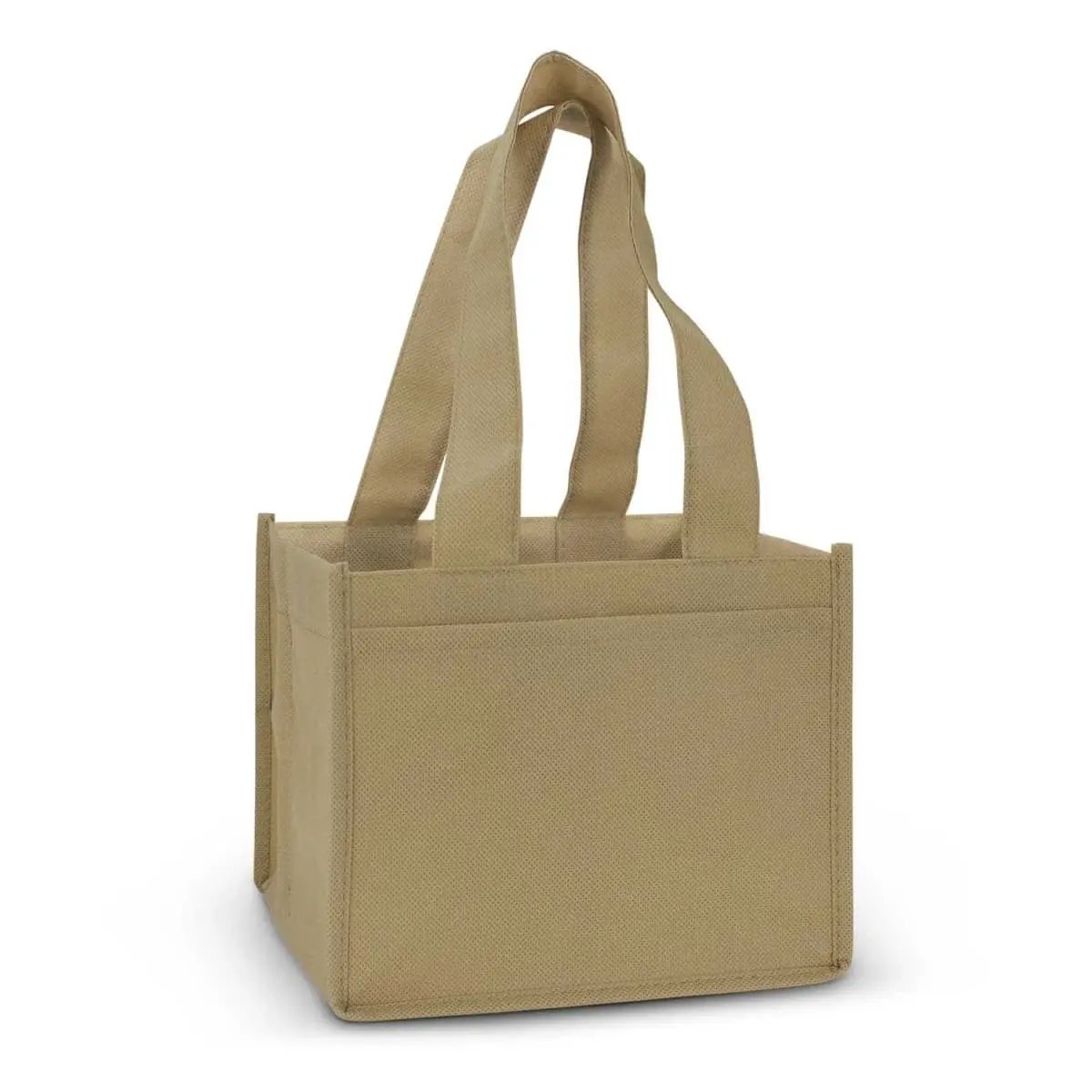 Tote Bags
Tote Bags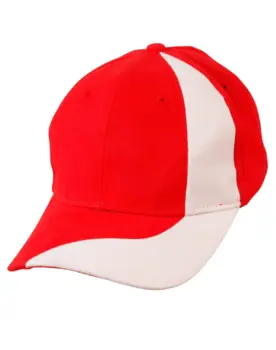
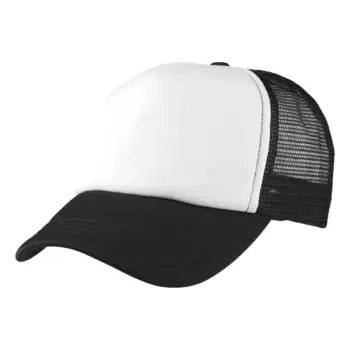
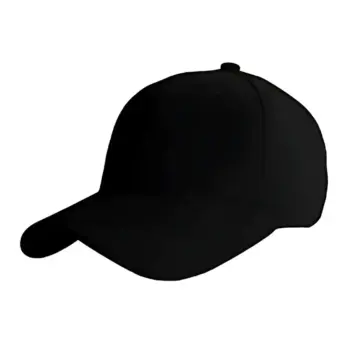
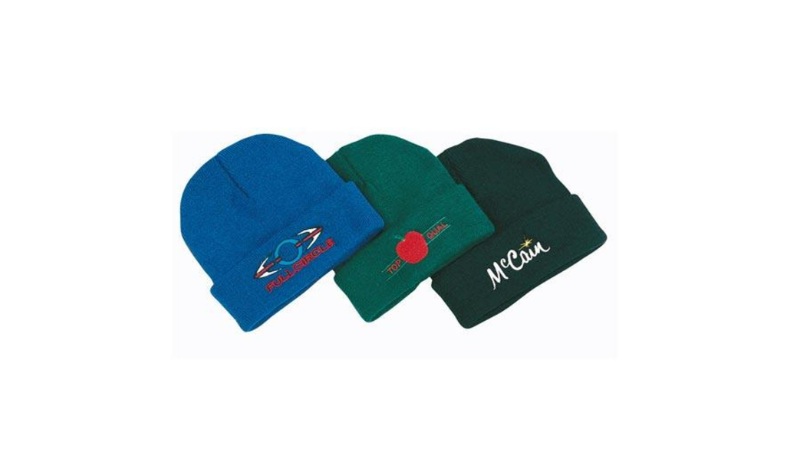 Beanies
Beanies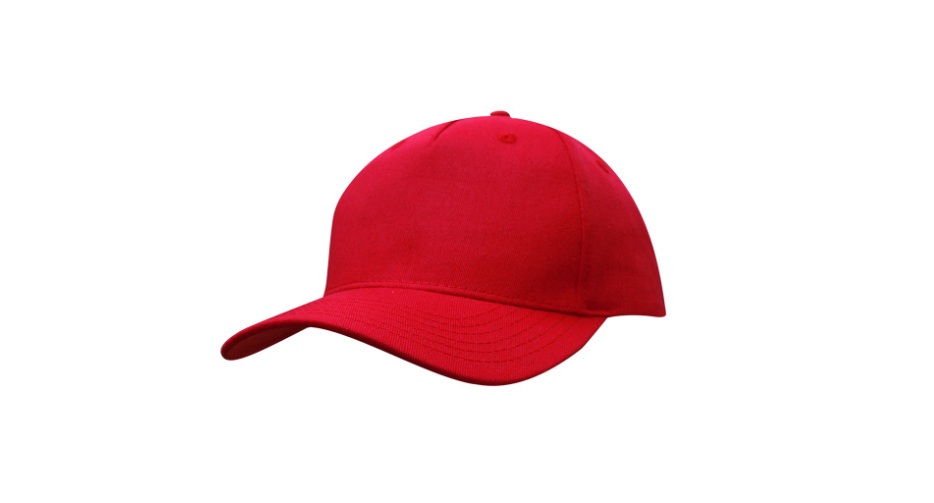 Caps
Caps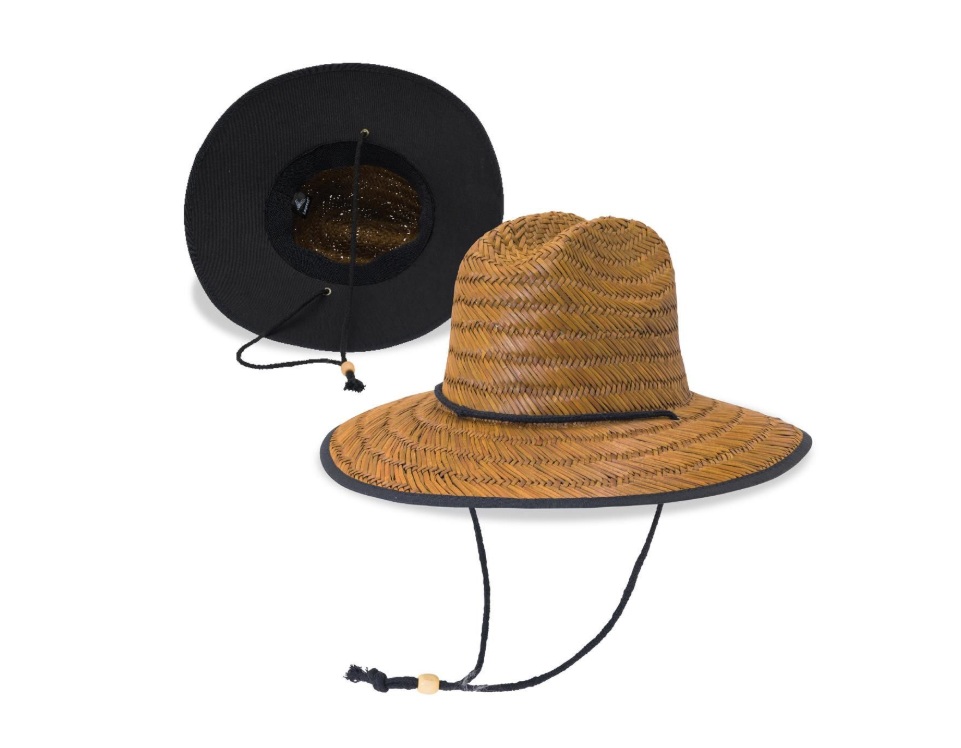 Straw Hats
Straw Hats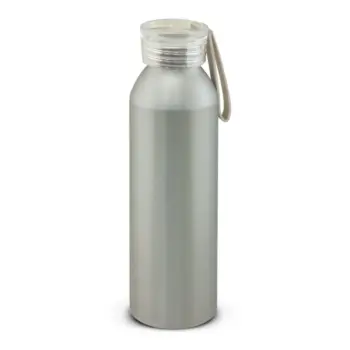
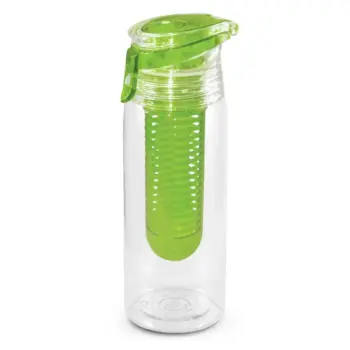
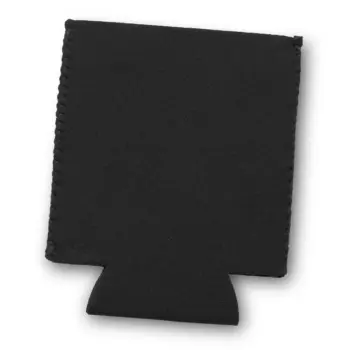
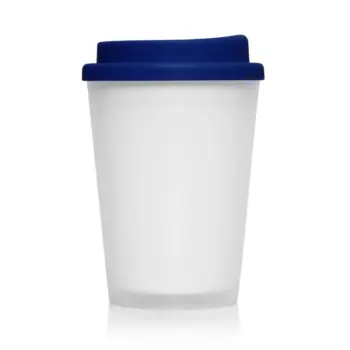
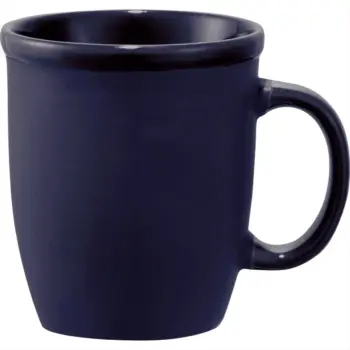
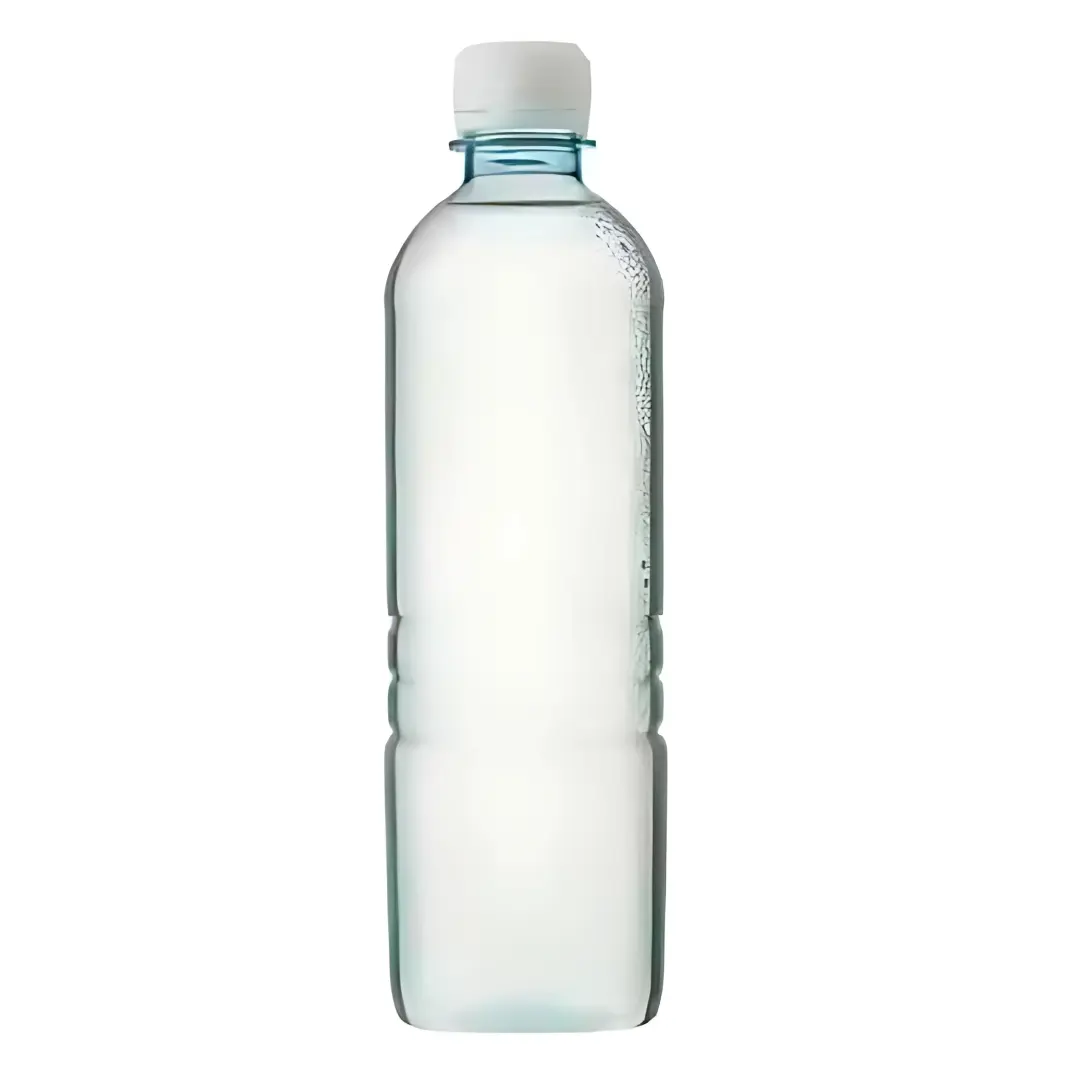 Bottled Water
Bottled Water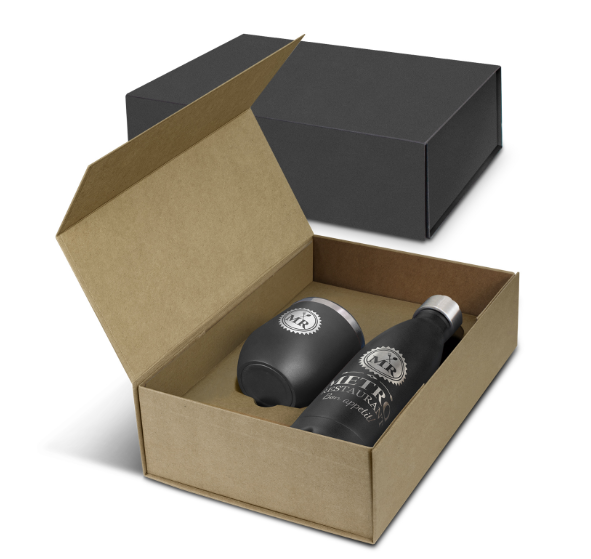 Drinkware Gift Sets
Drinkware Gift Sets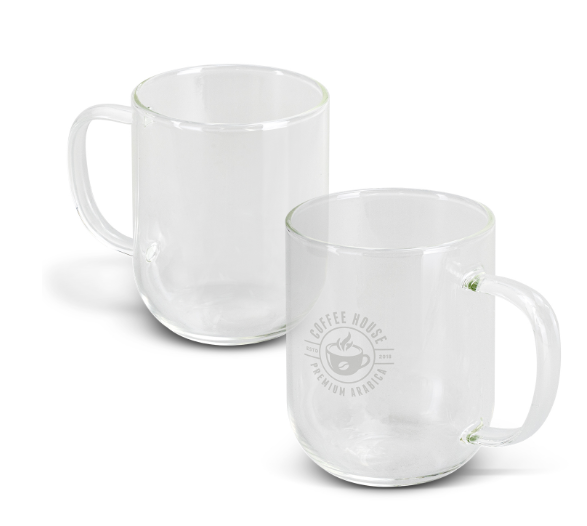 Glass & Poly Cups
Glass & Poly Cups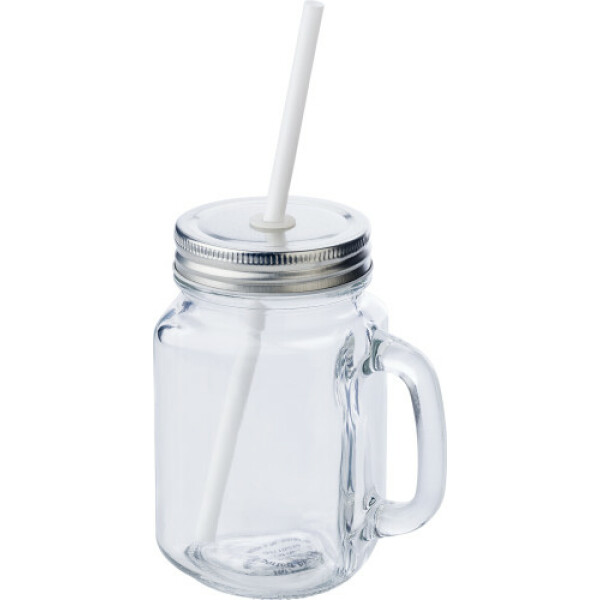 Mason Jars
Mason Jars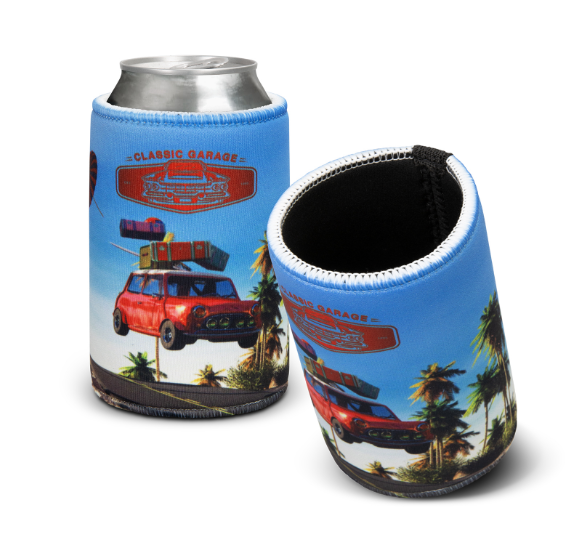 Stubby | Bar & Drinkware
Stubby | Bar & Drinkware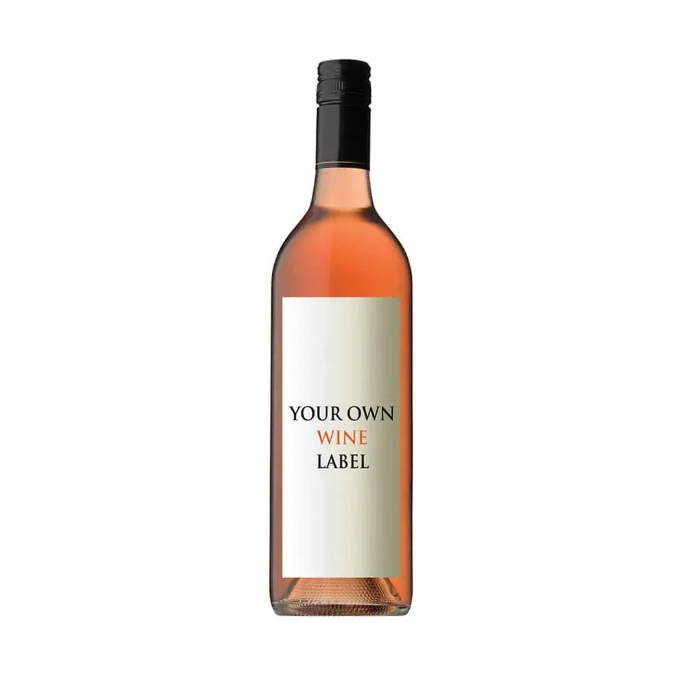 Wines
Wines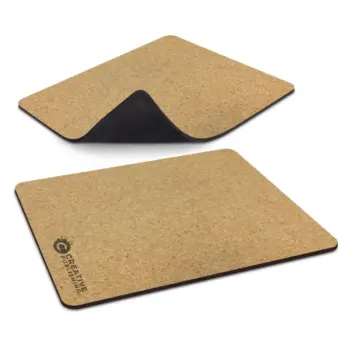


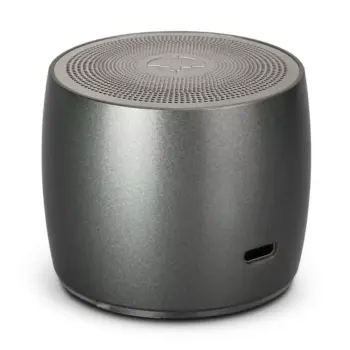
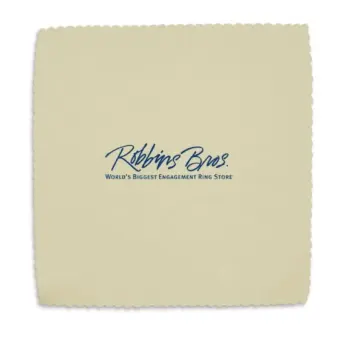
 Business Card Holders
Business Card Holders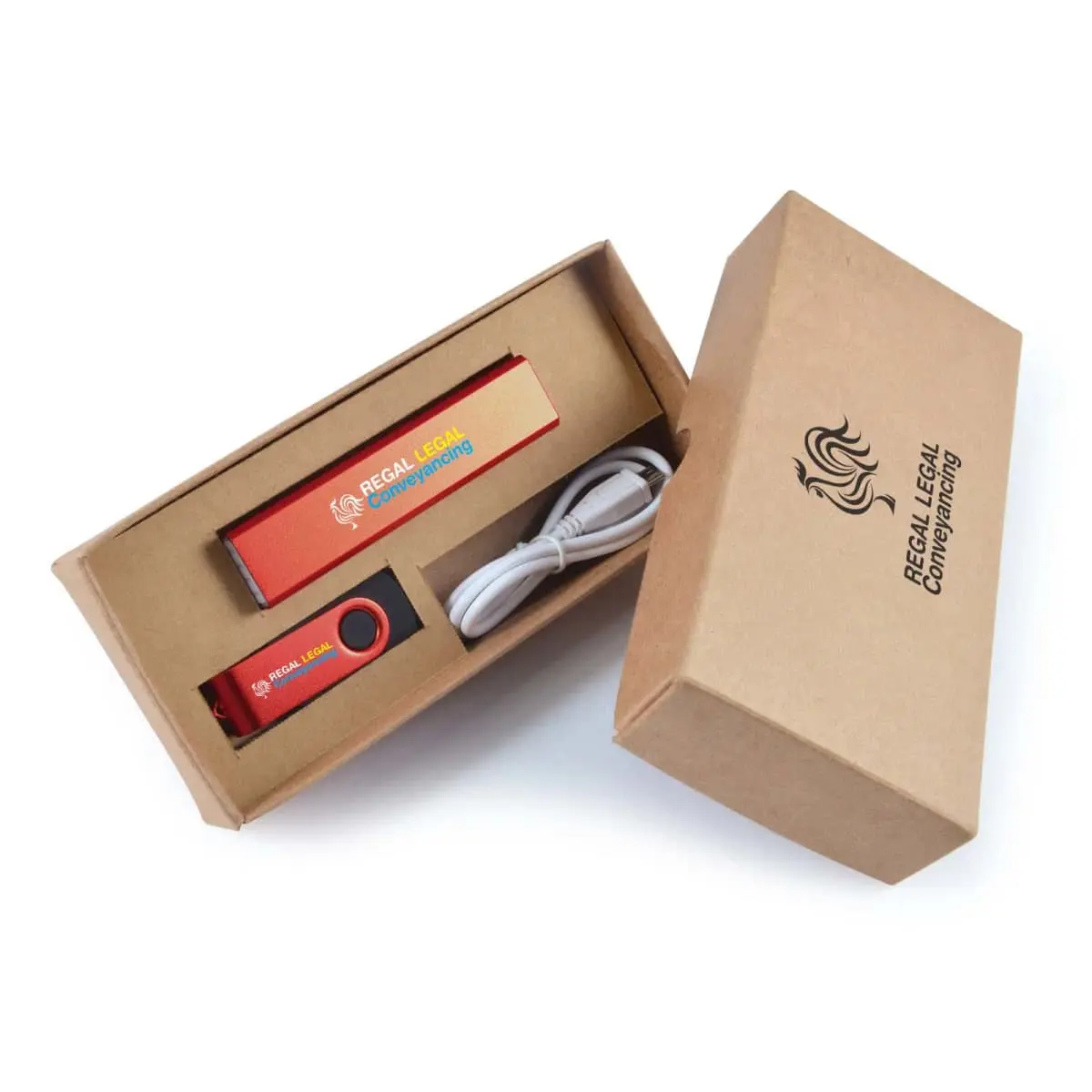 IT Gift Sets
IT Gift Sets Tech Computers
Tech Computers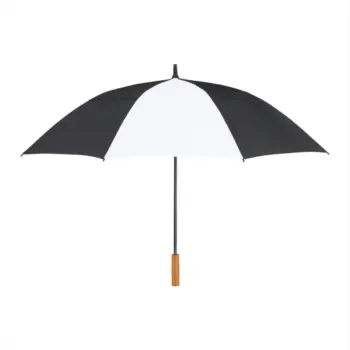
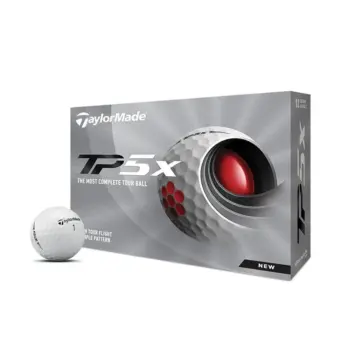
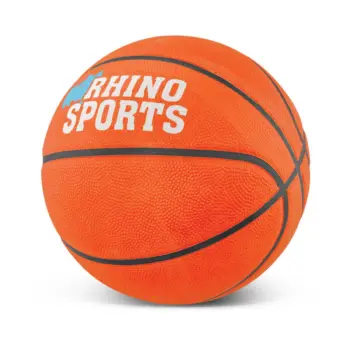
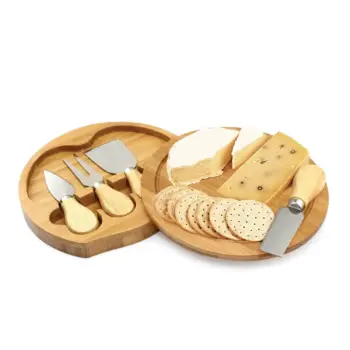
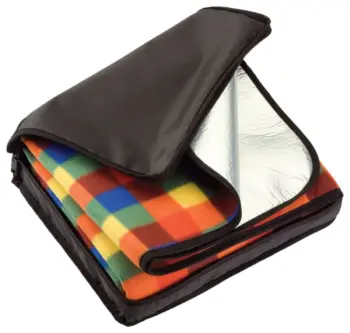
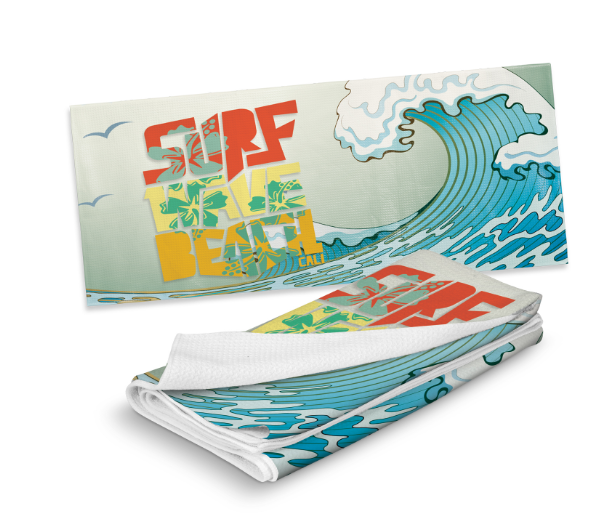 Beach Towels
Beach Towels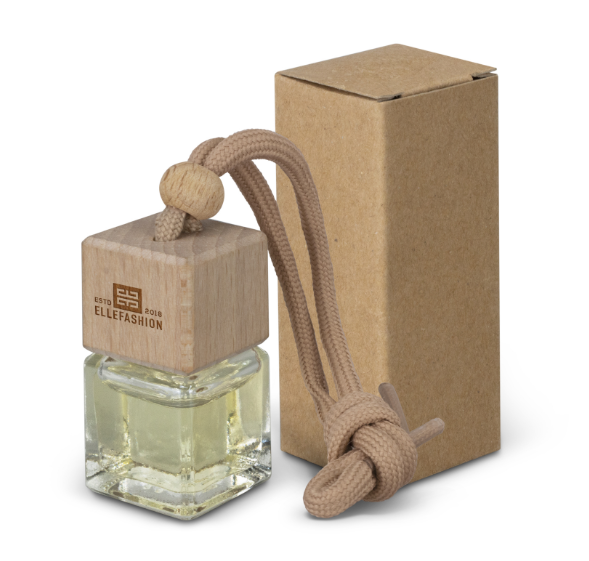 Car Accessories
Car Accessories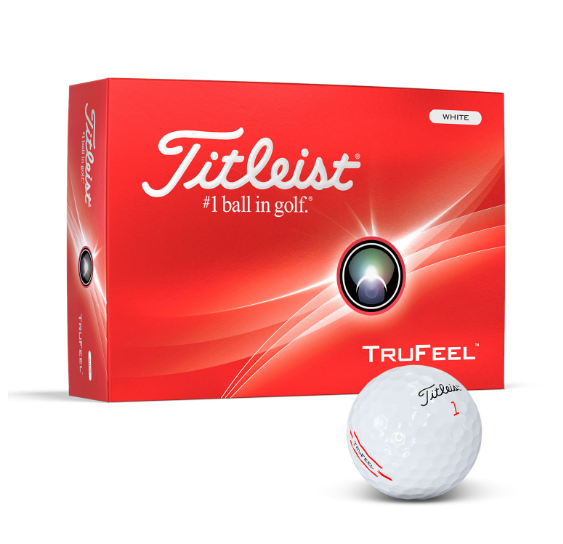 Golf
Golf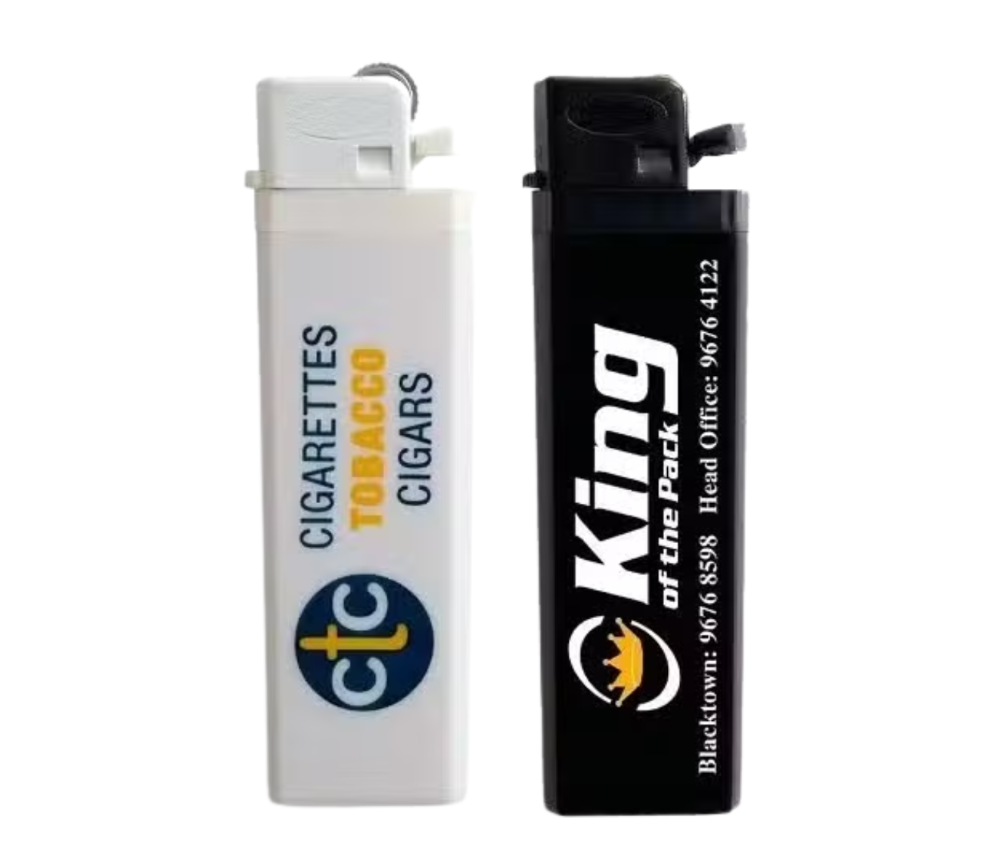 Lighters
Lighters Picnic Gear
Picnic Gear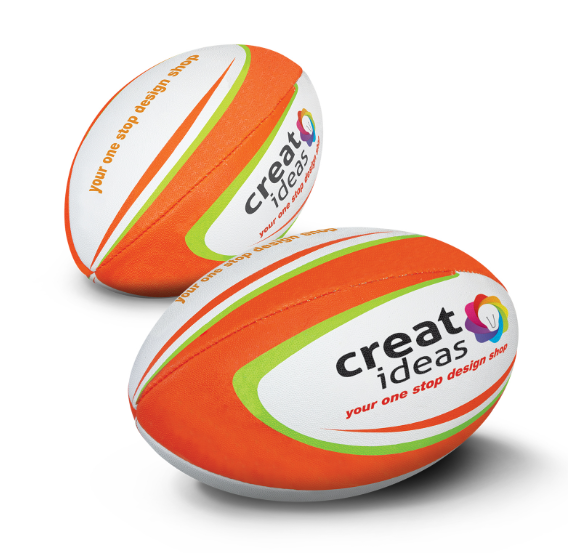 Sports Items
Sports Items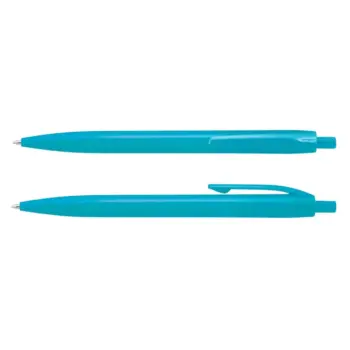

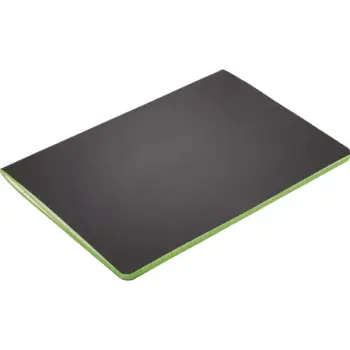
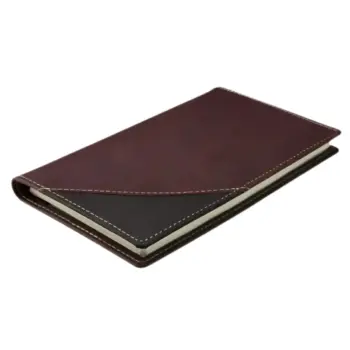
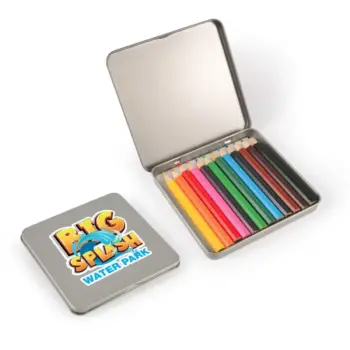
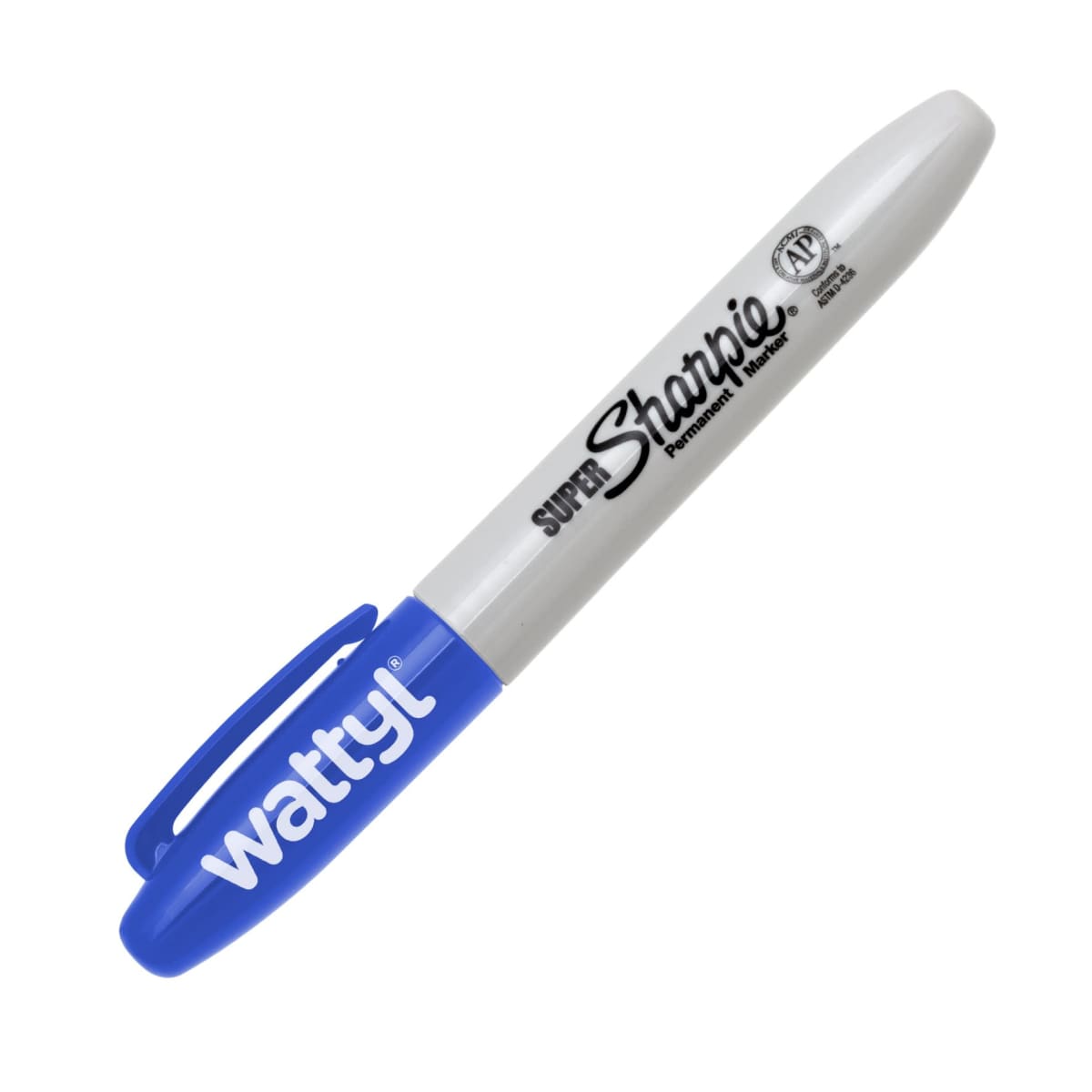 Markers
Markers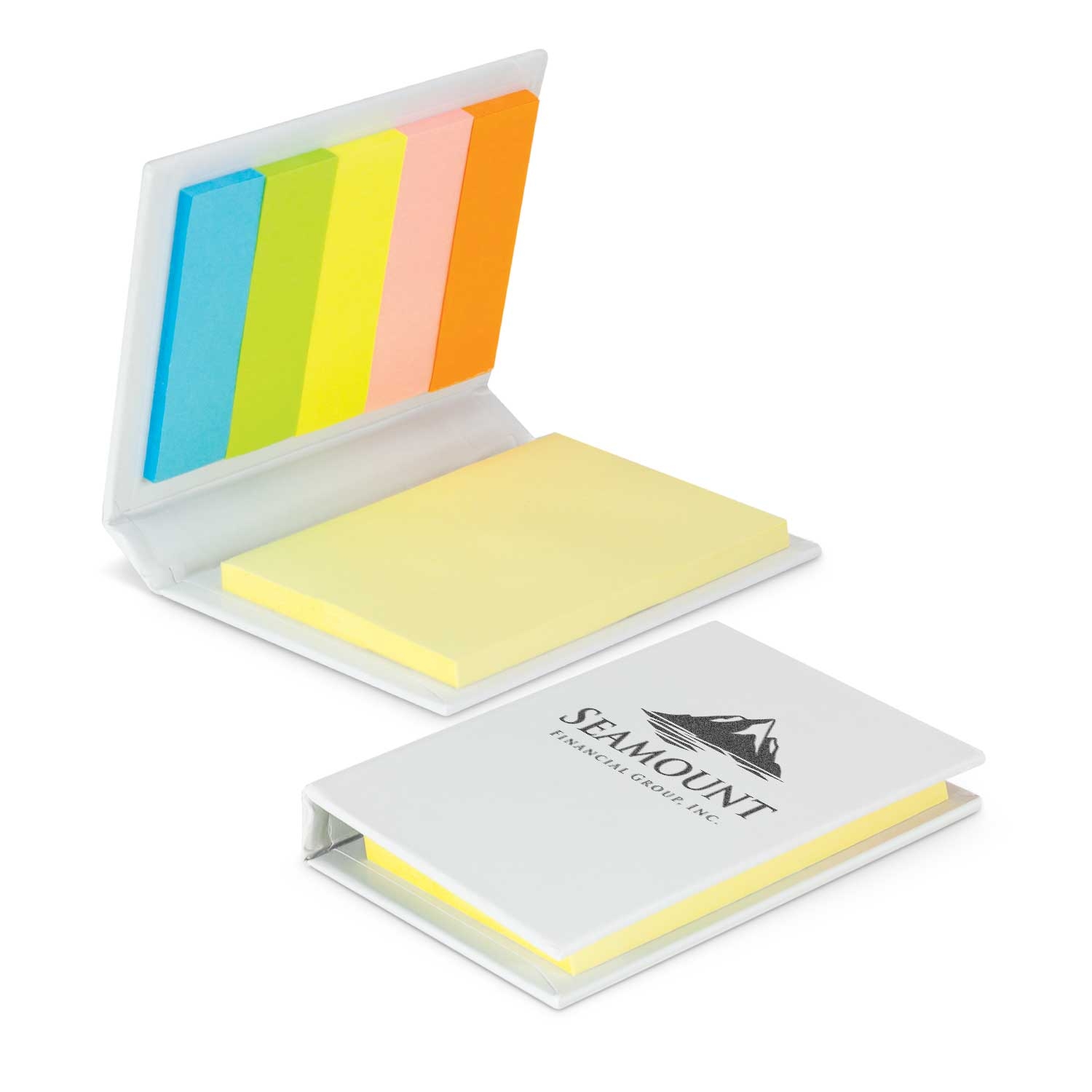 Post-It & Sticky Notes
Post-It & Sticky Notes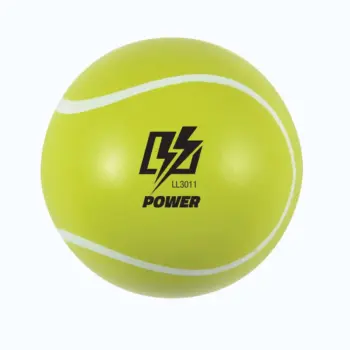
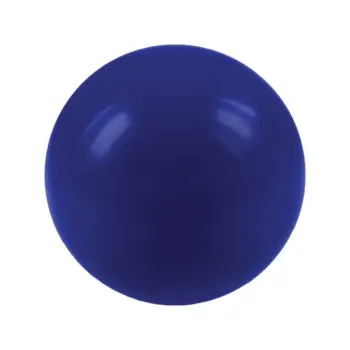

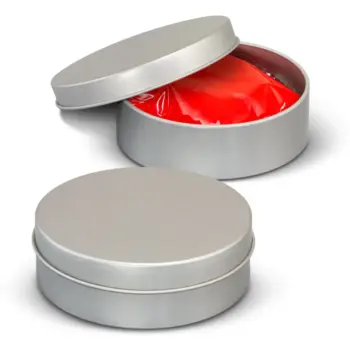
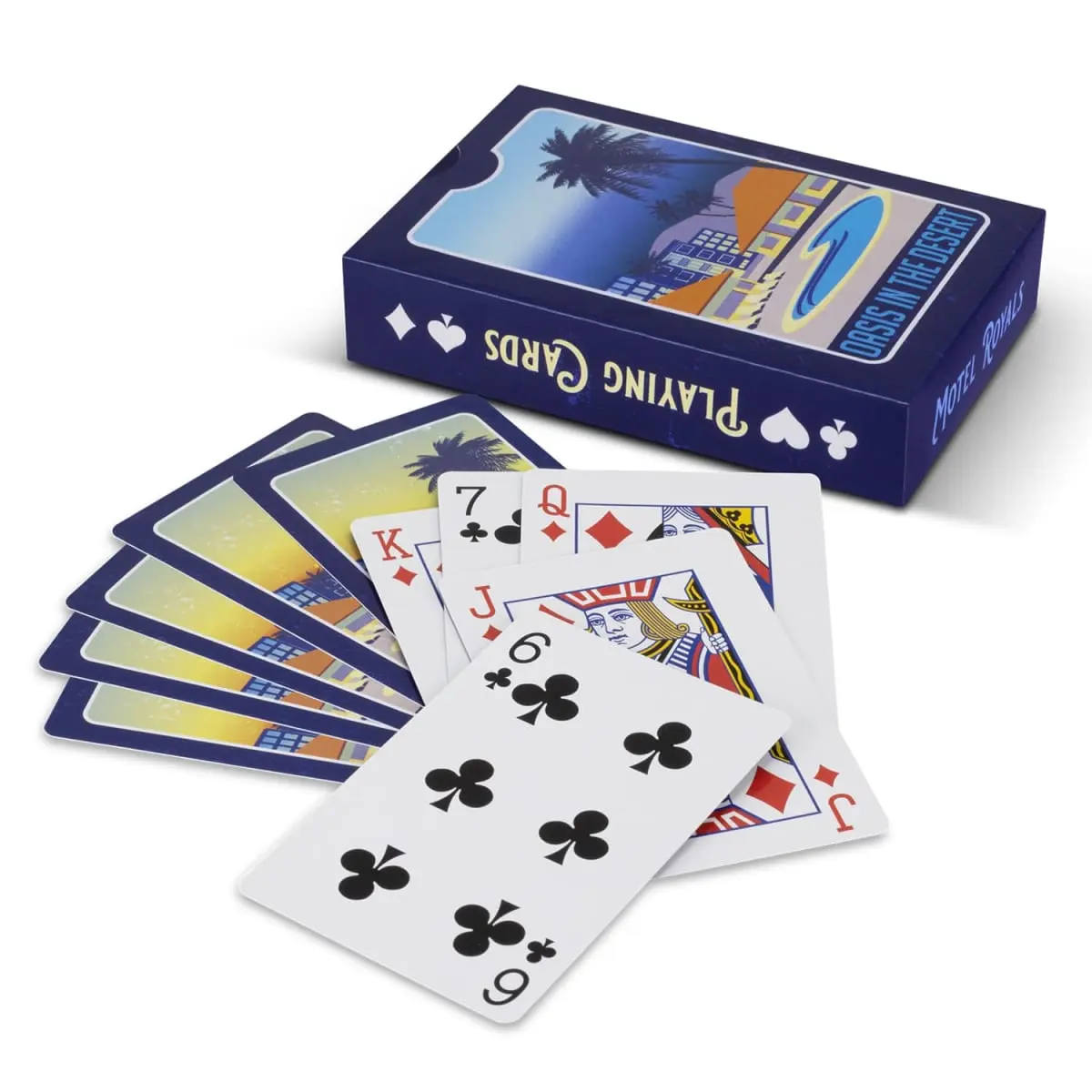 Card Decks
Card Decks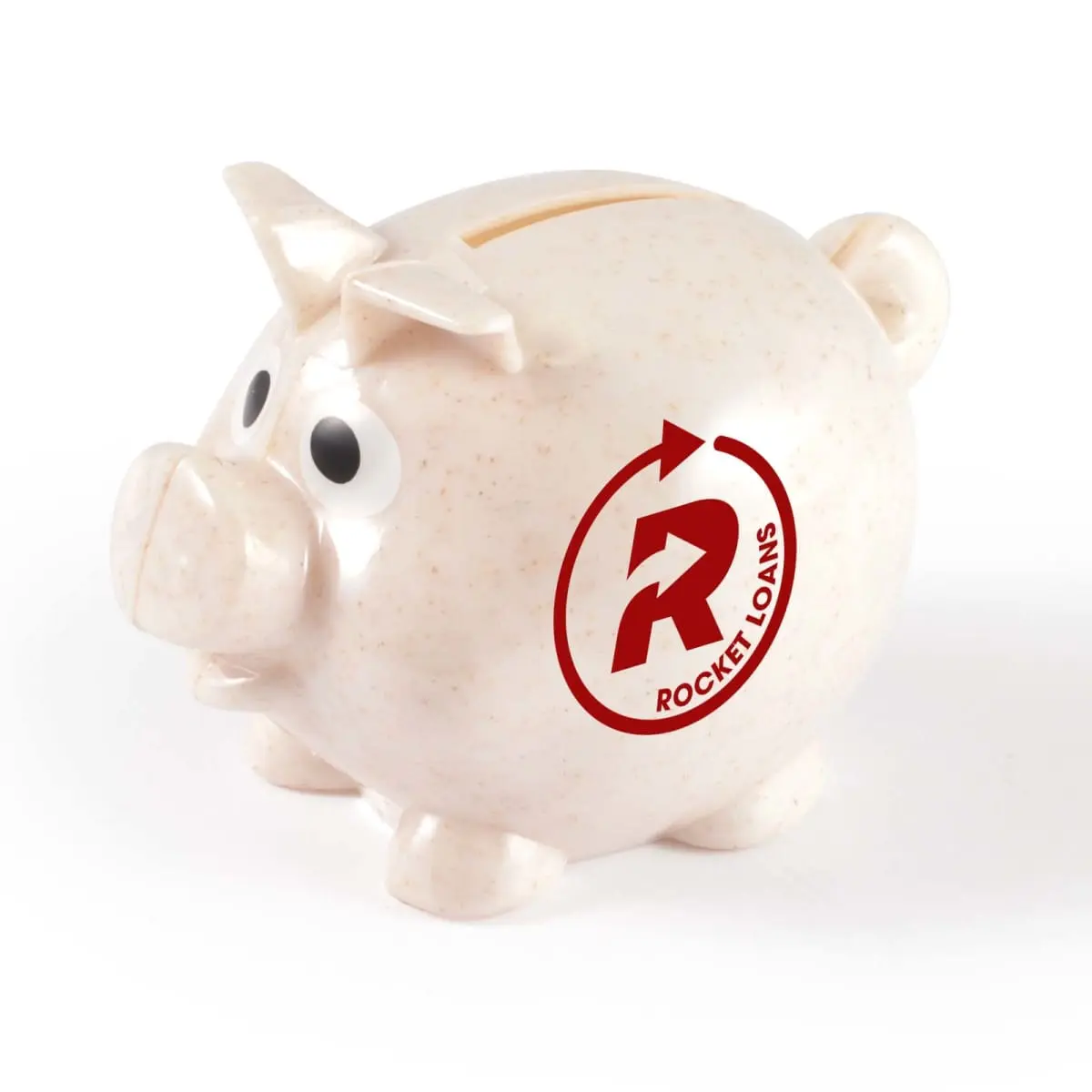 Coin Banks
Coin Banks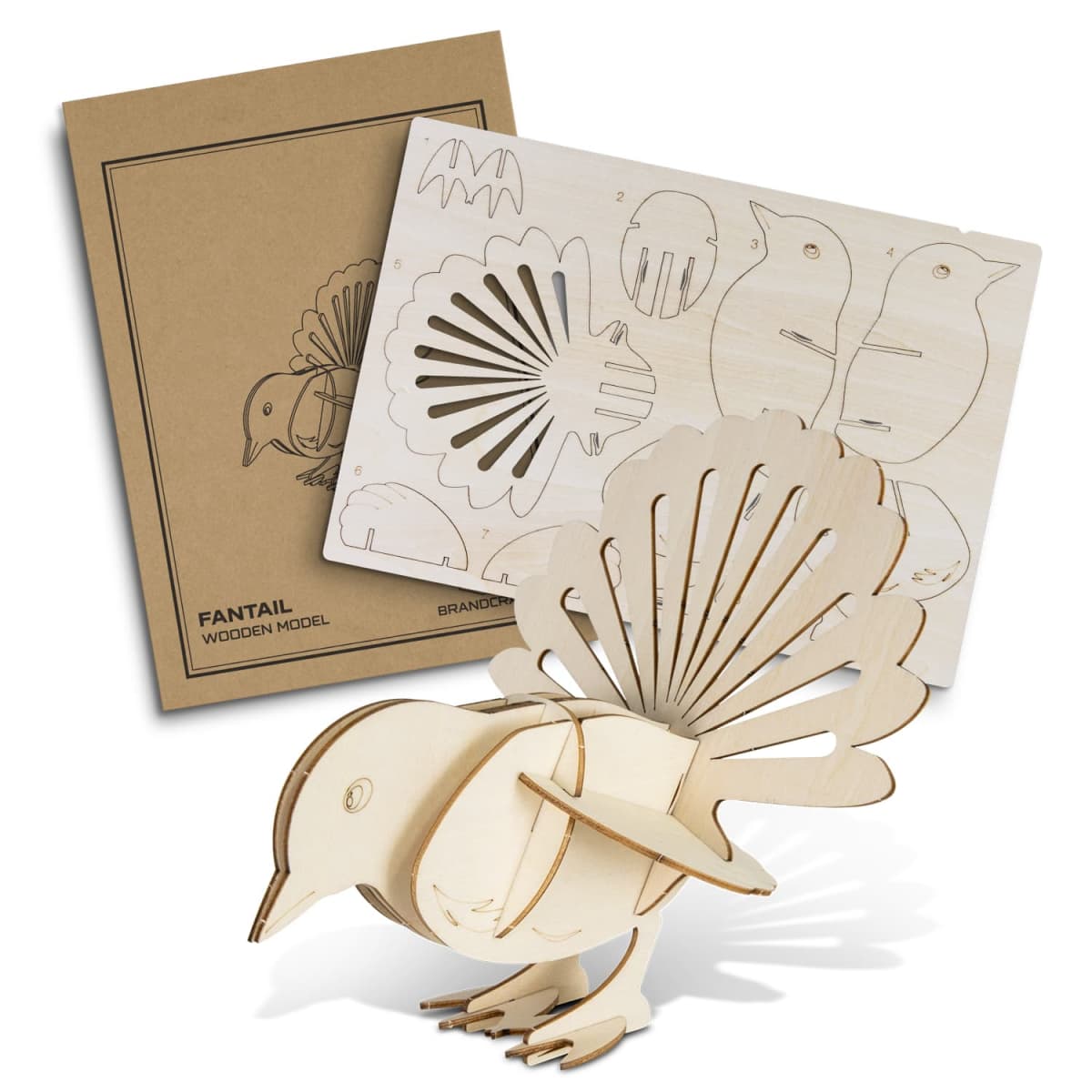 Conference Toys
Conference Toys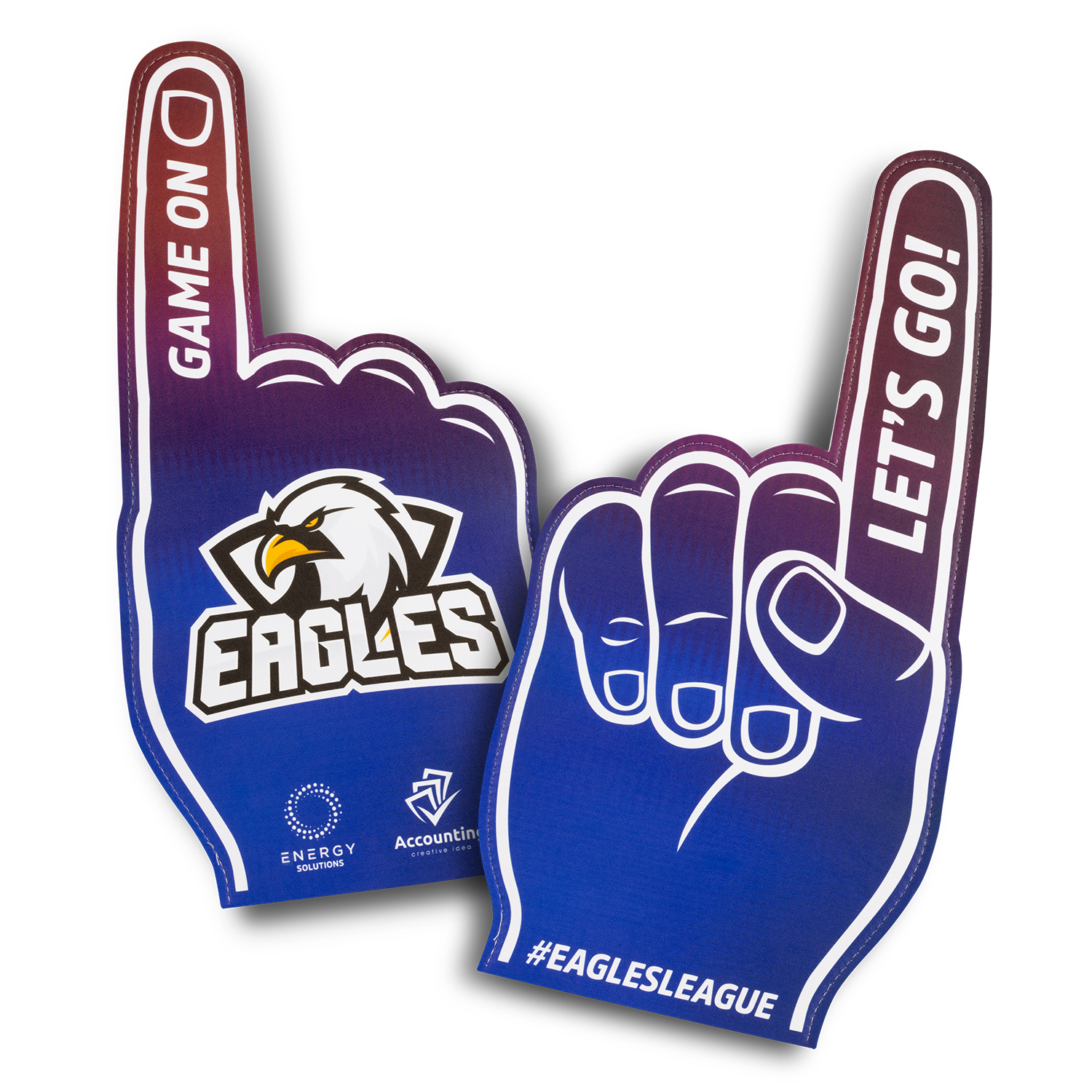 Event Toys
Event Toys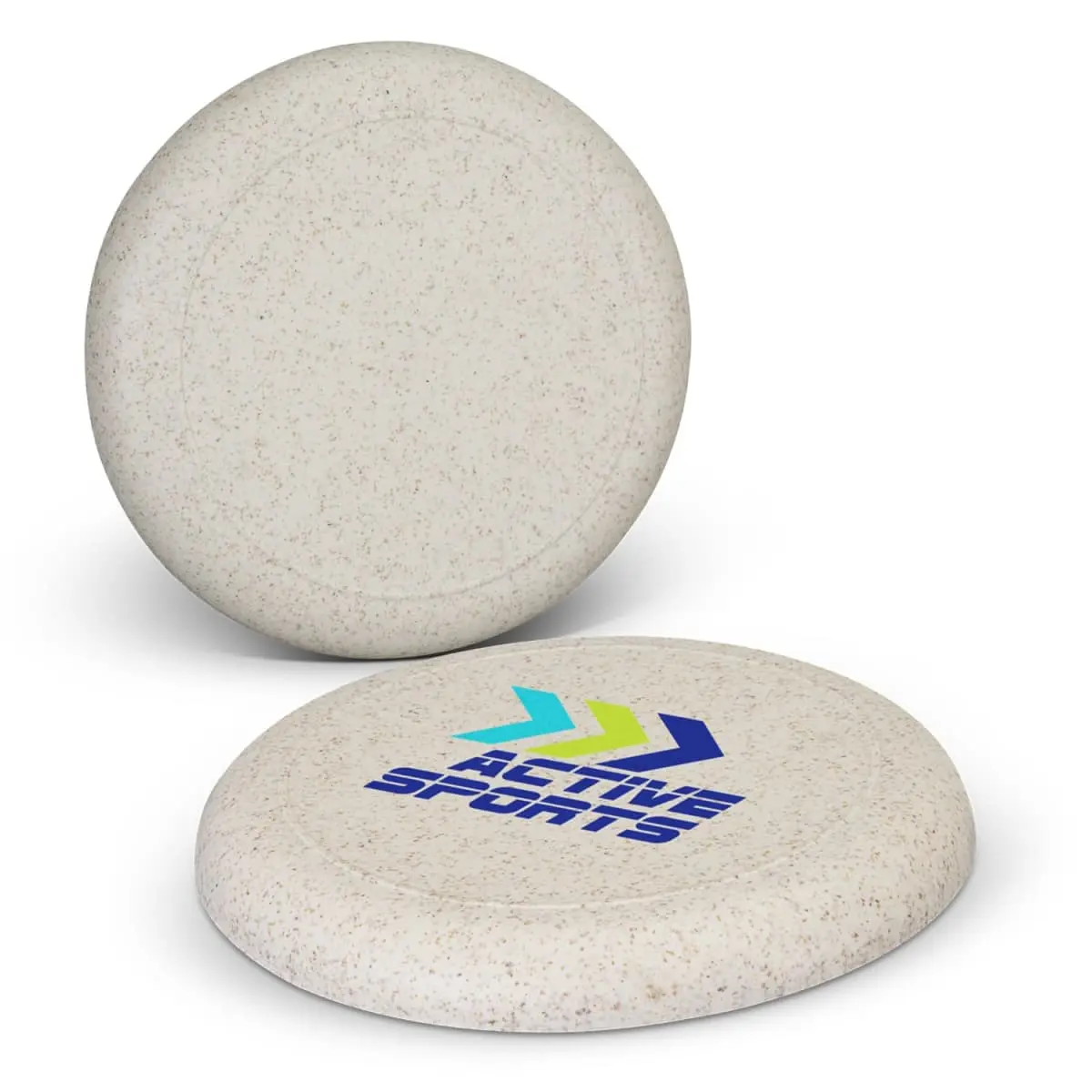 Frisbees
Frisbees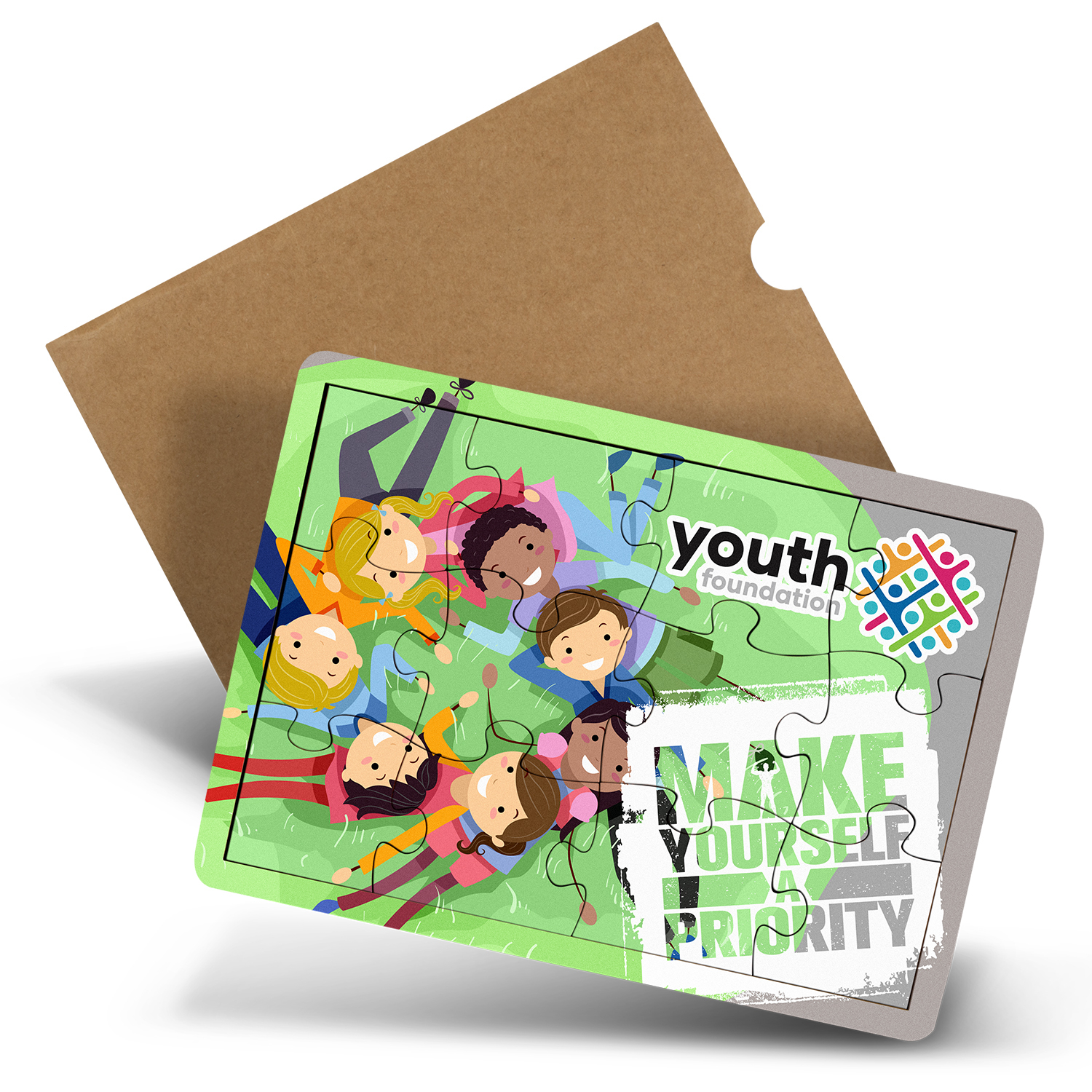 Games & Puzzles
Games & Puzzles Kids
Kids Plush Toys
Plush Toys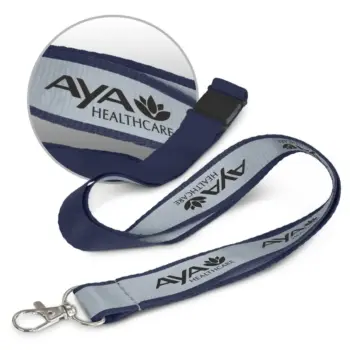
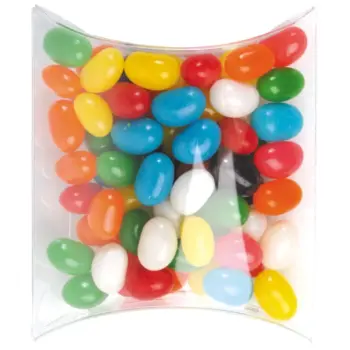
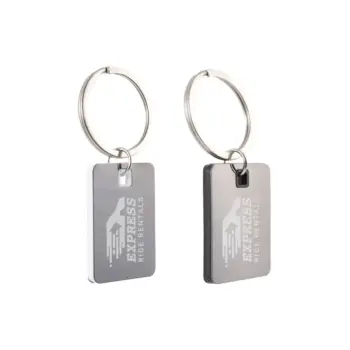
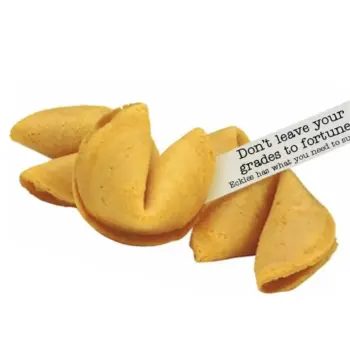

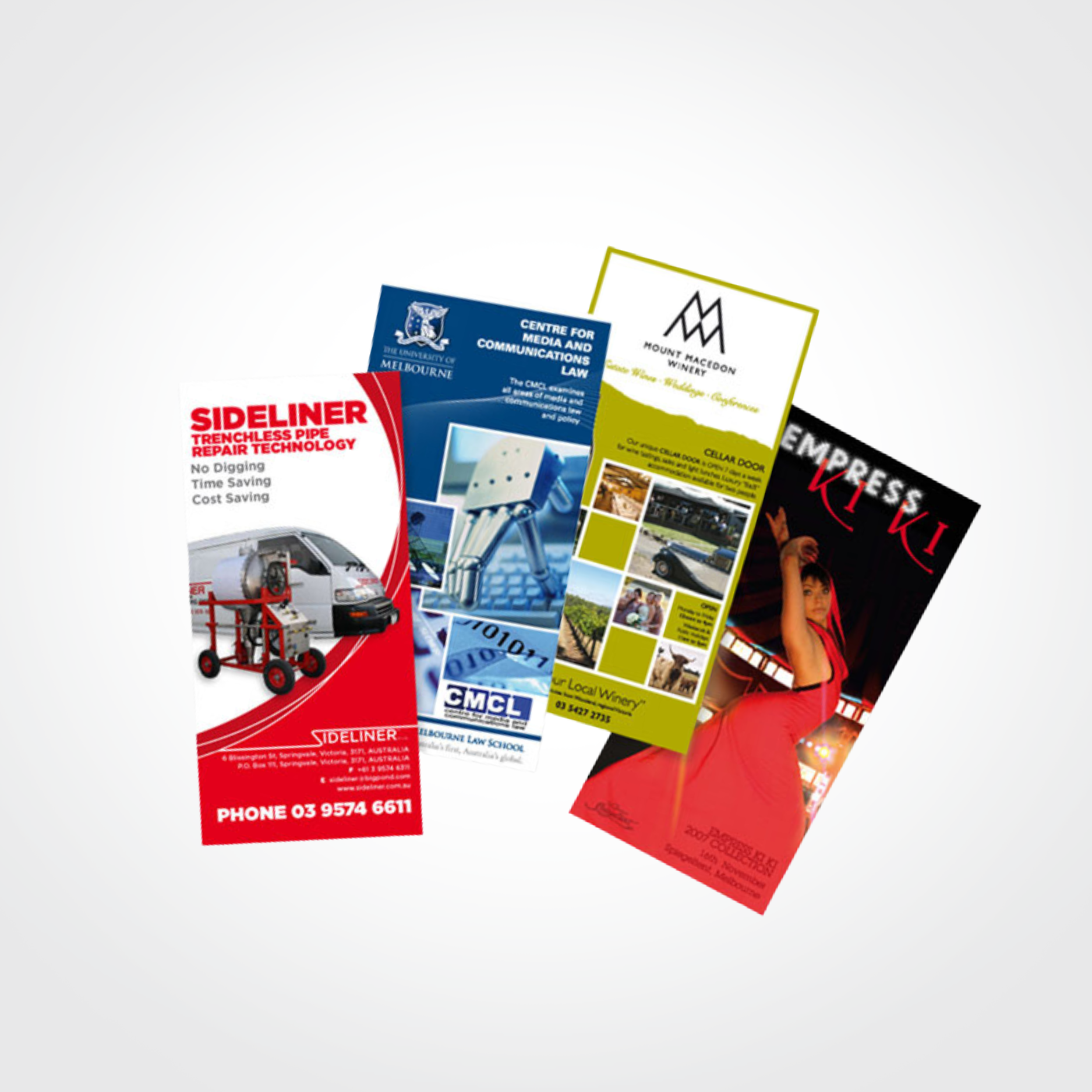 Print | Signage
Print | Signage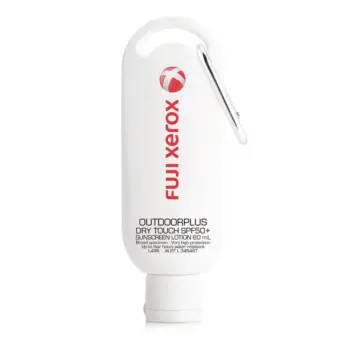
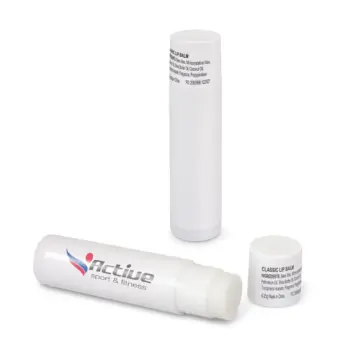
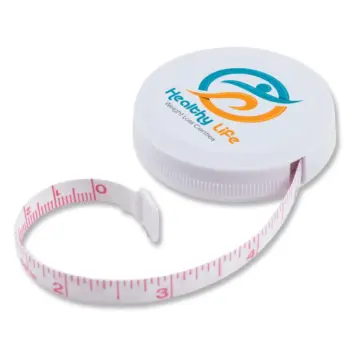
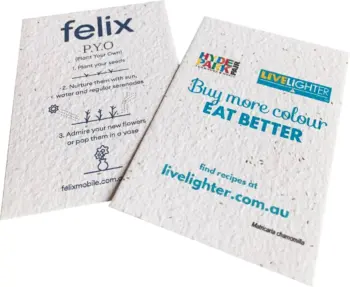
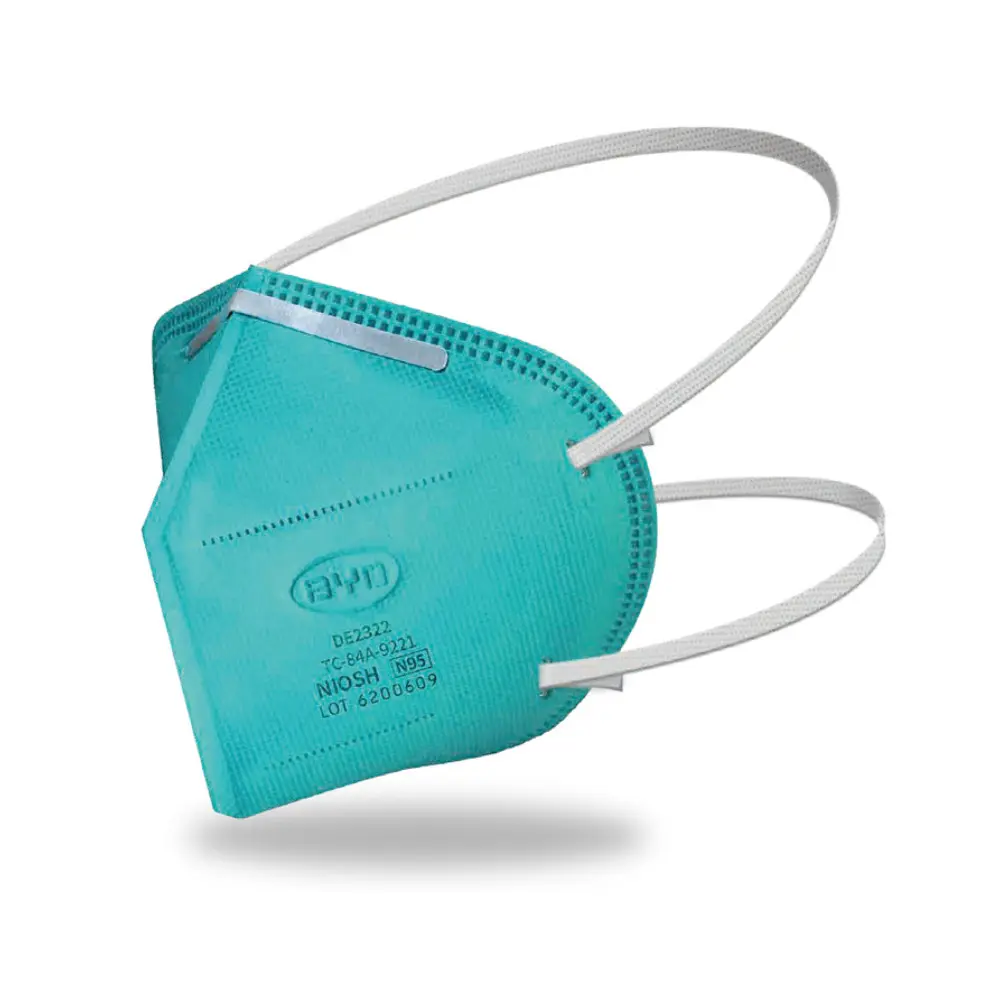 Antibacterial
Antibacterial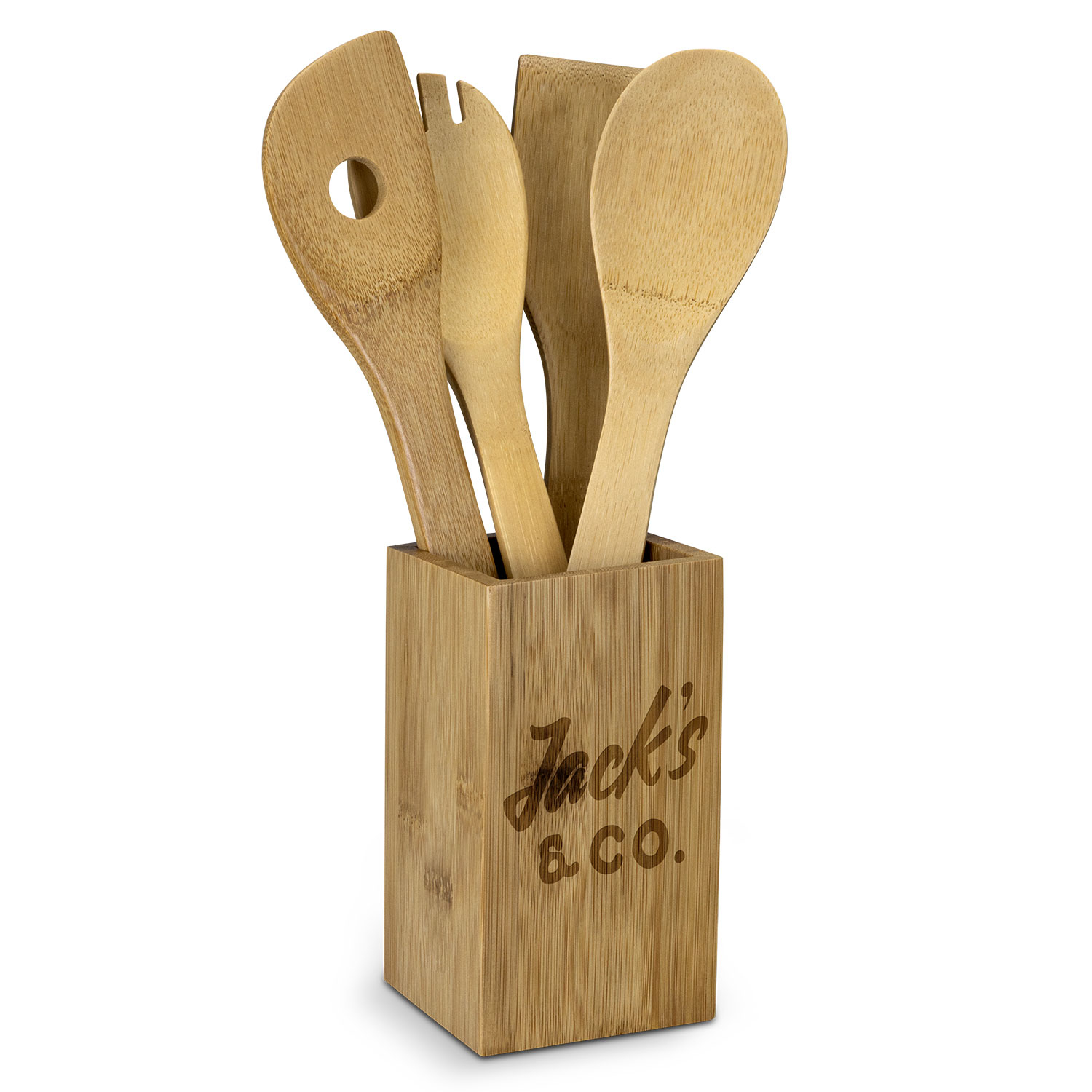 Eco Products
Eco Products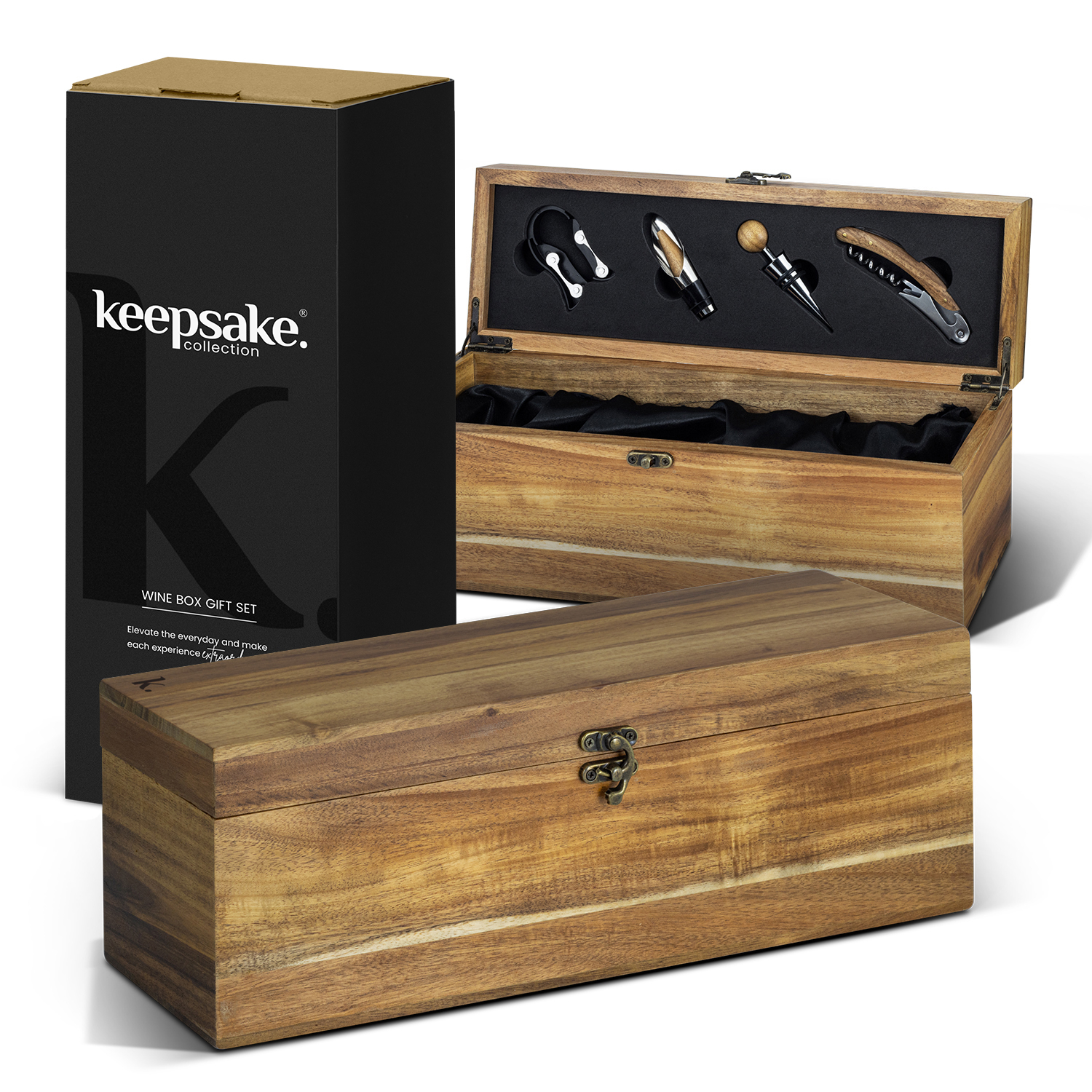 Gift Box Sets
Gift Box Sets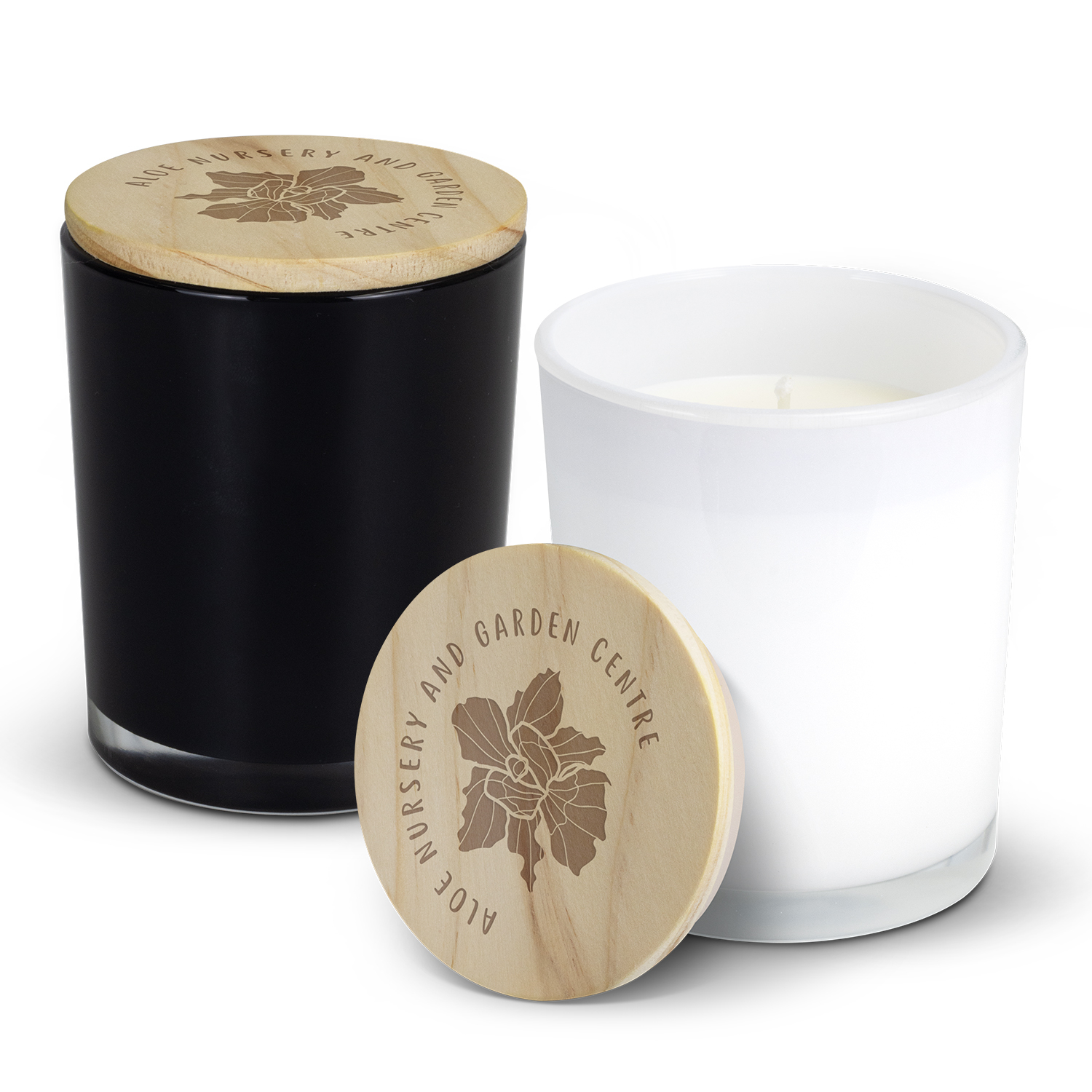 Homeware
Homeware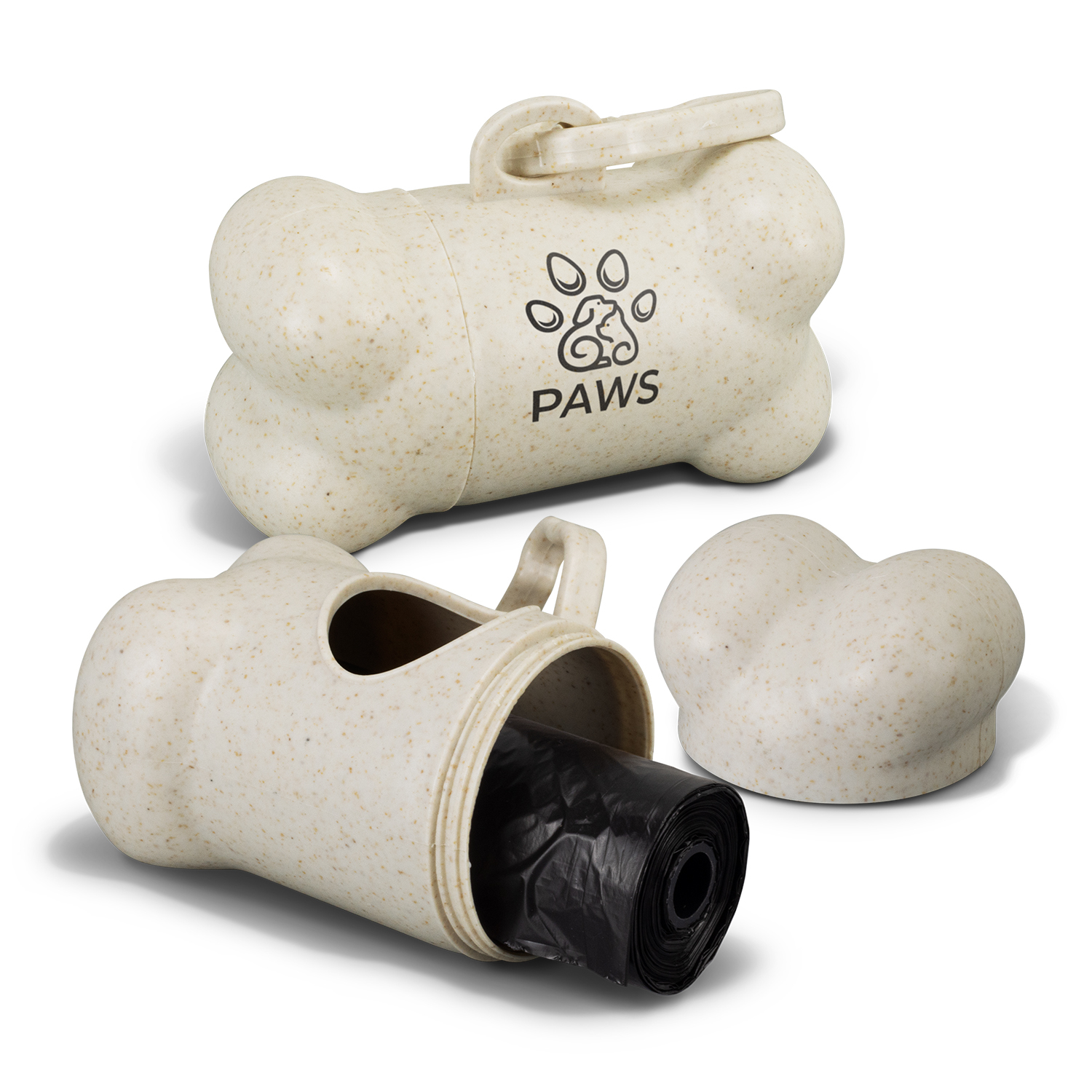 Pet Products
Pet Products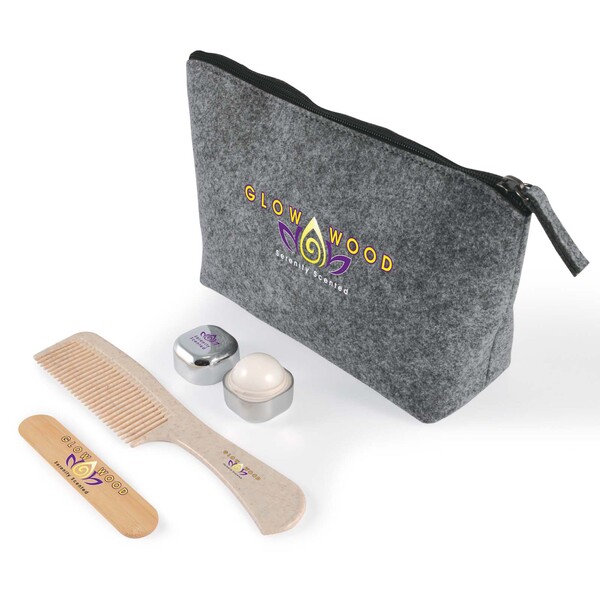 Personal Care
Personal Care Occasion Ideas
Occasion Ideas